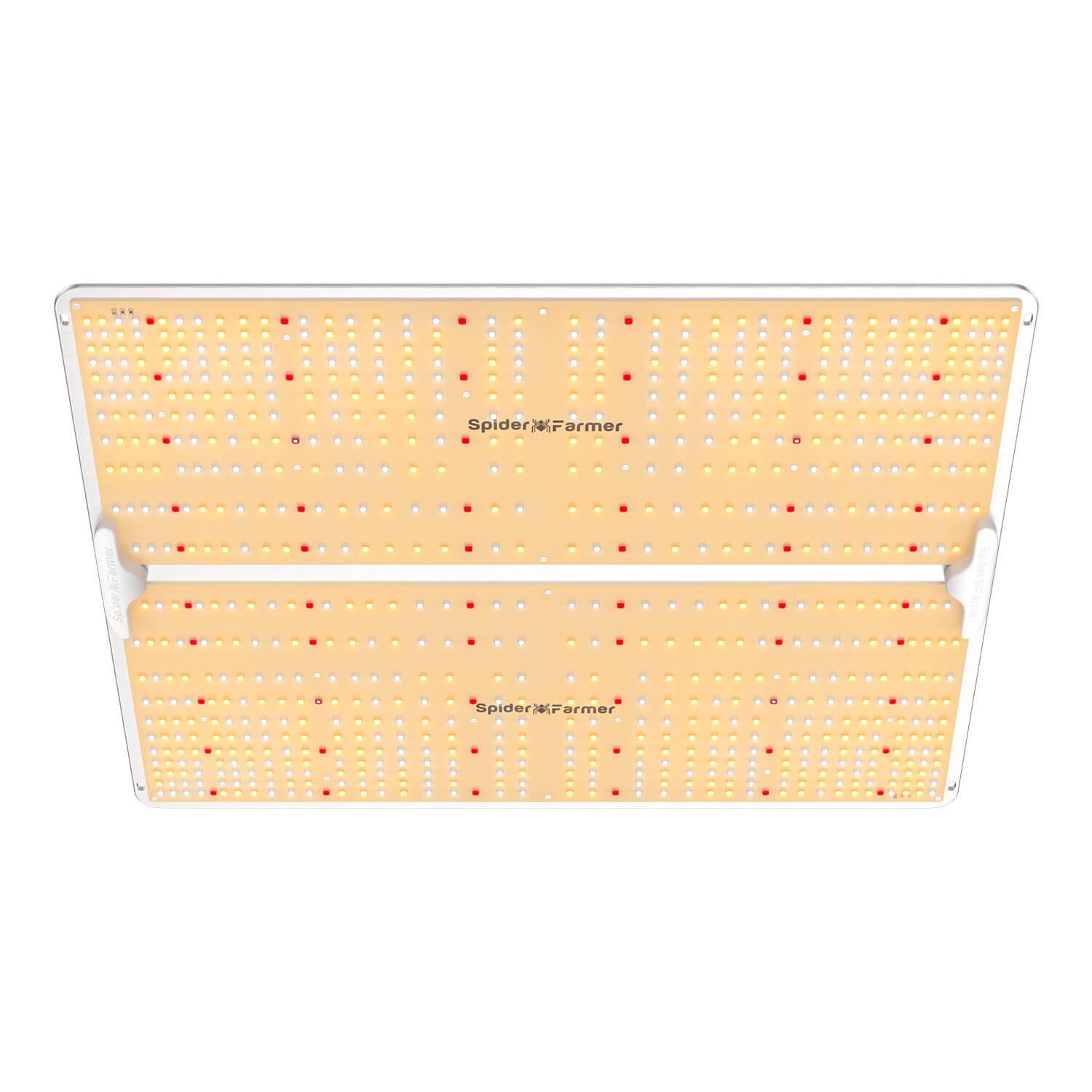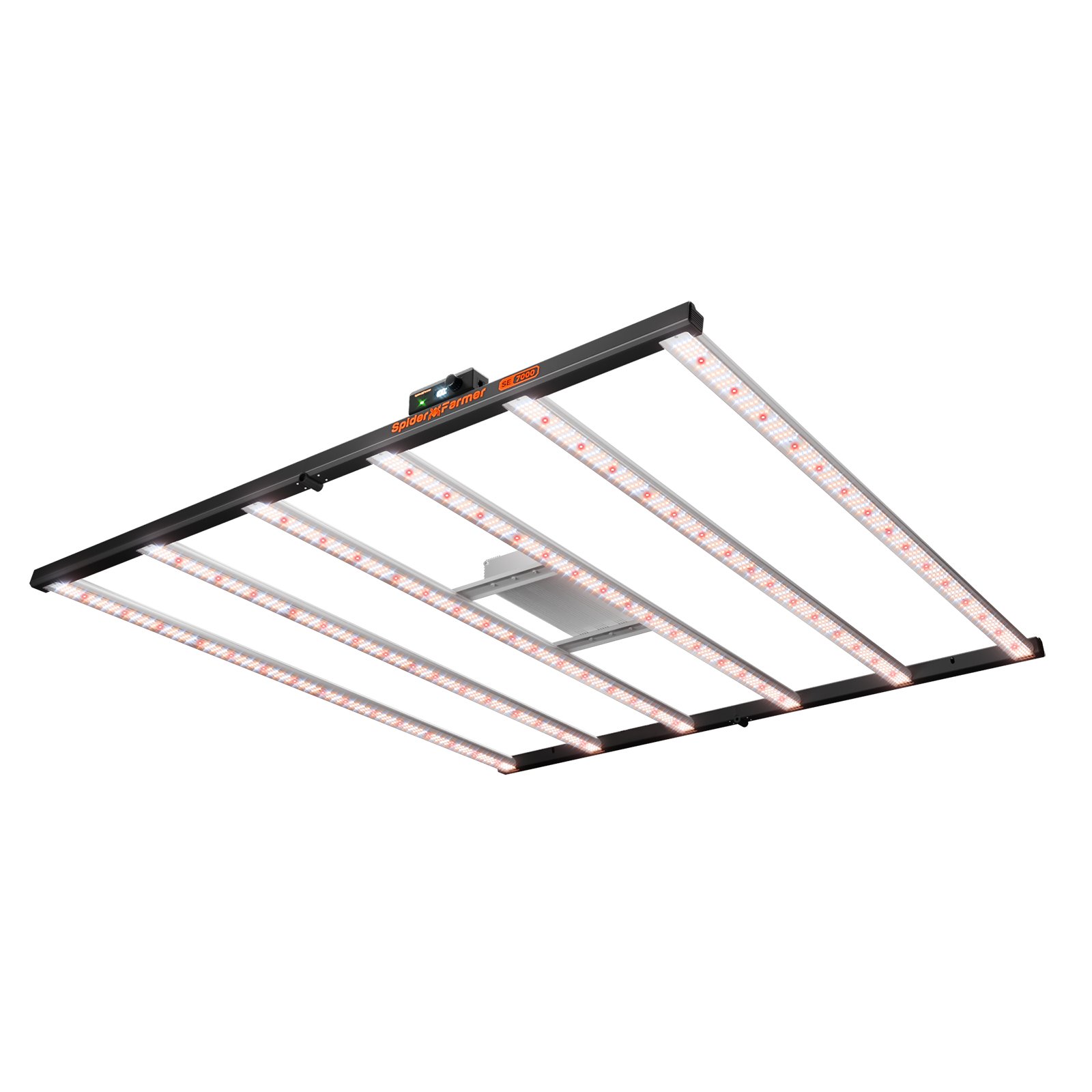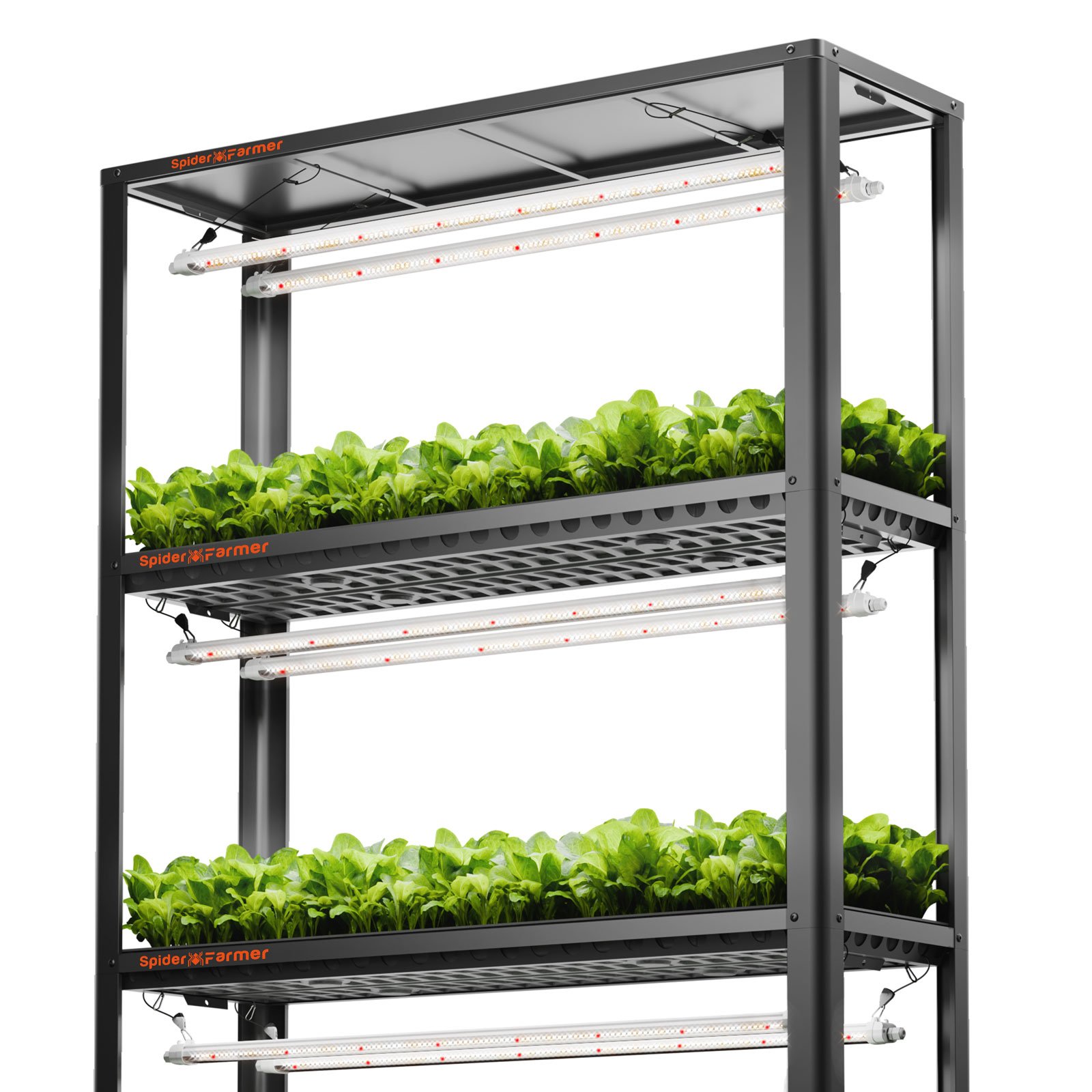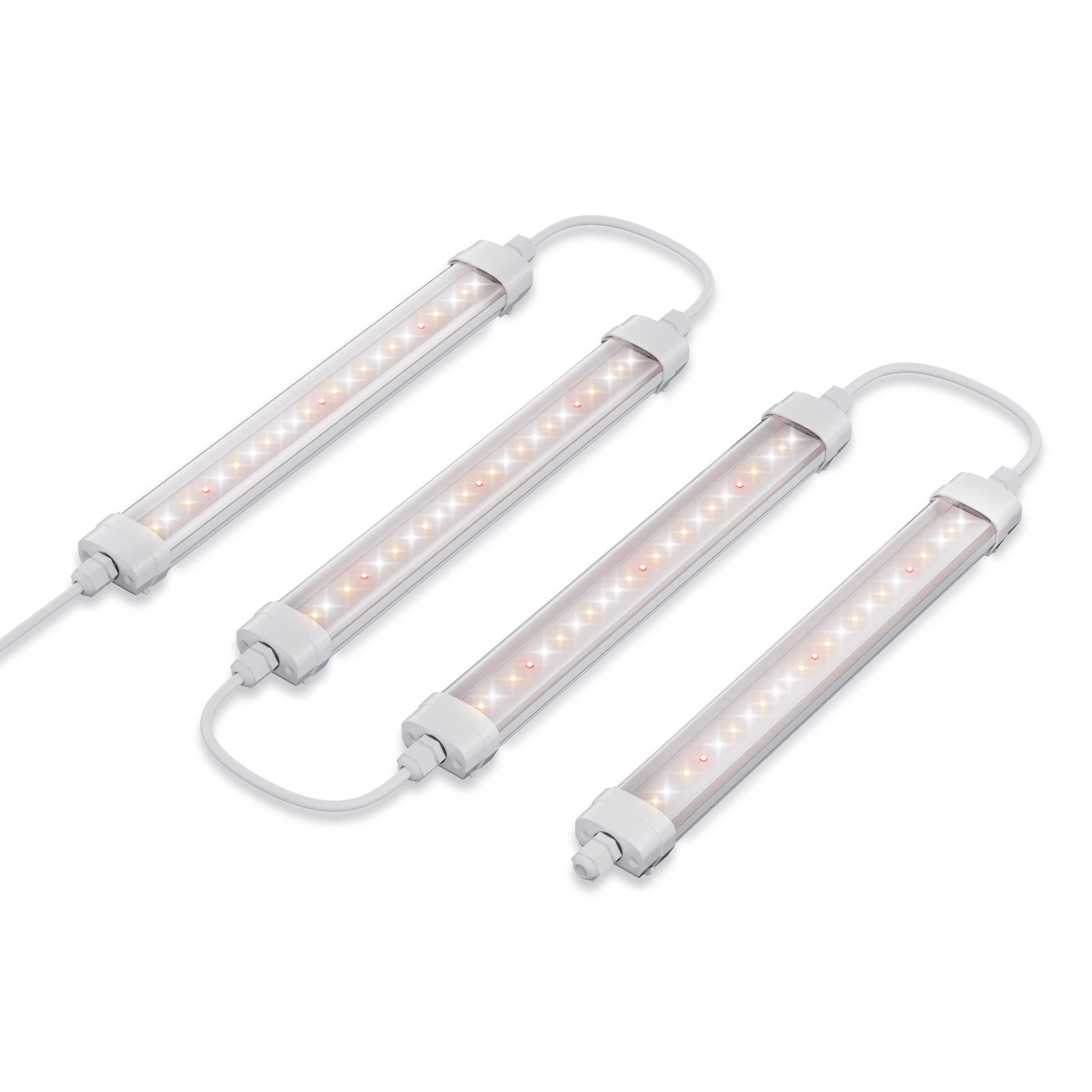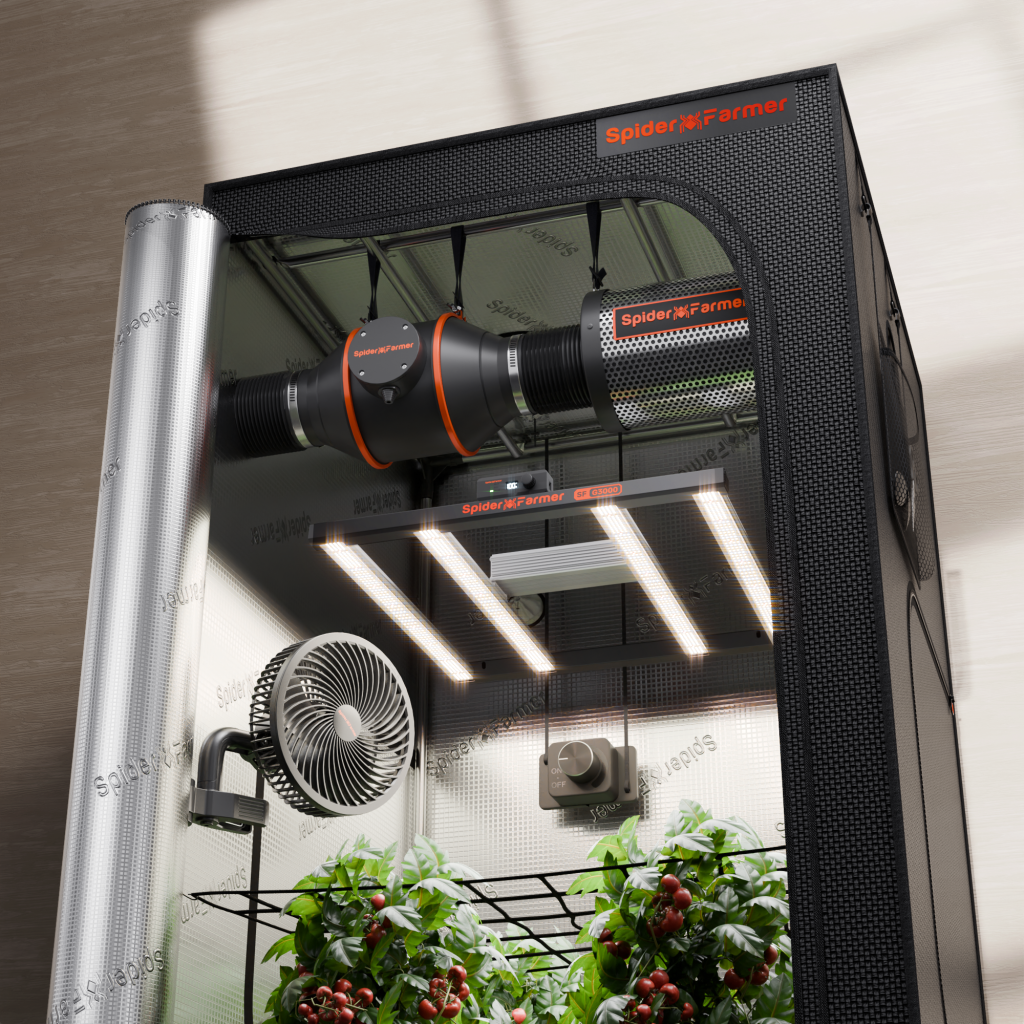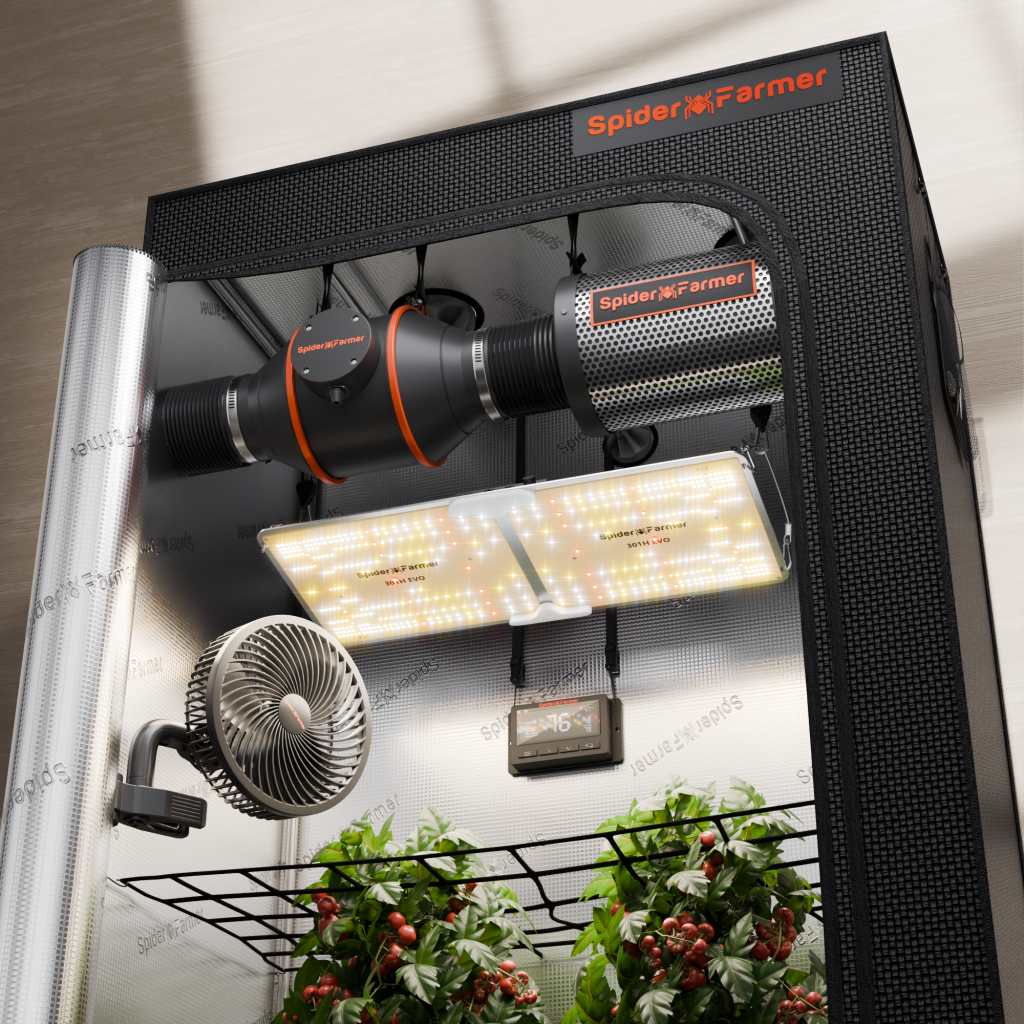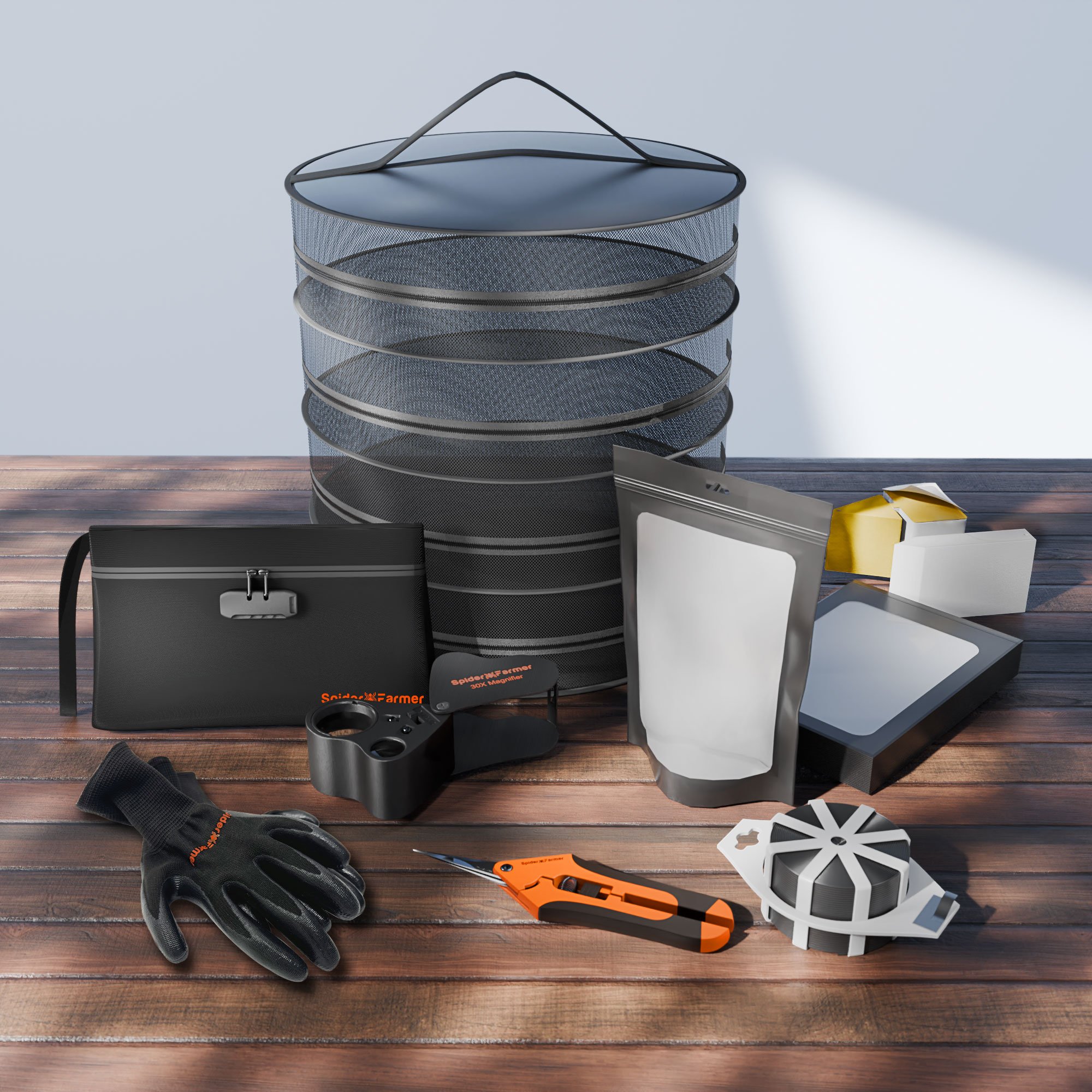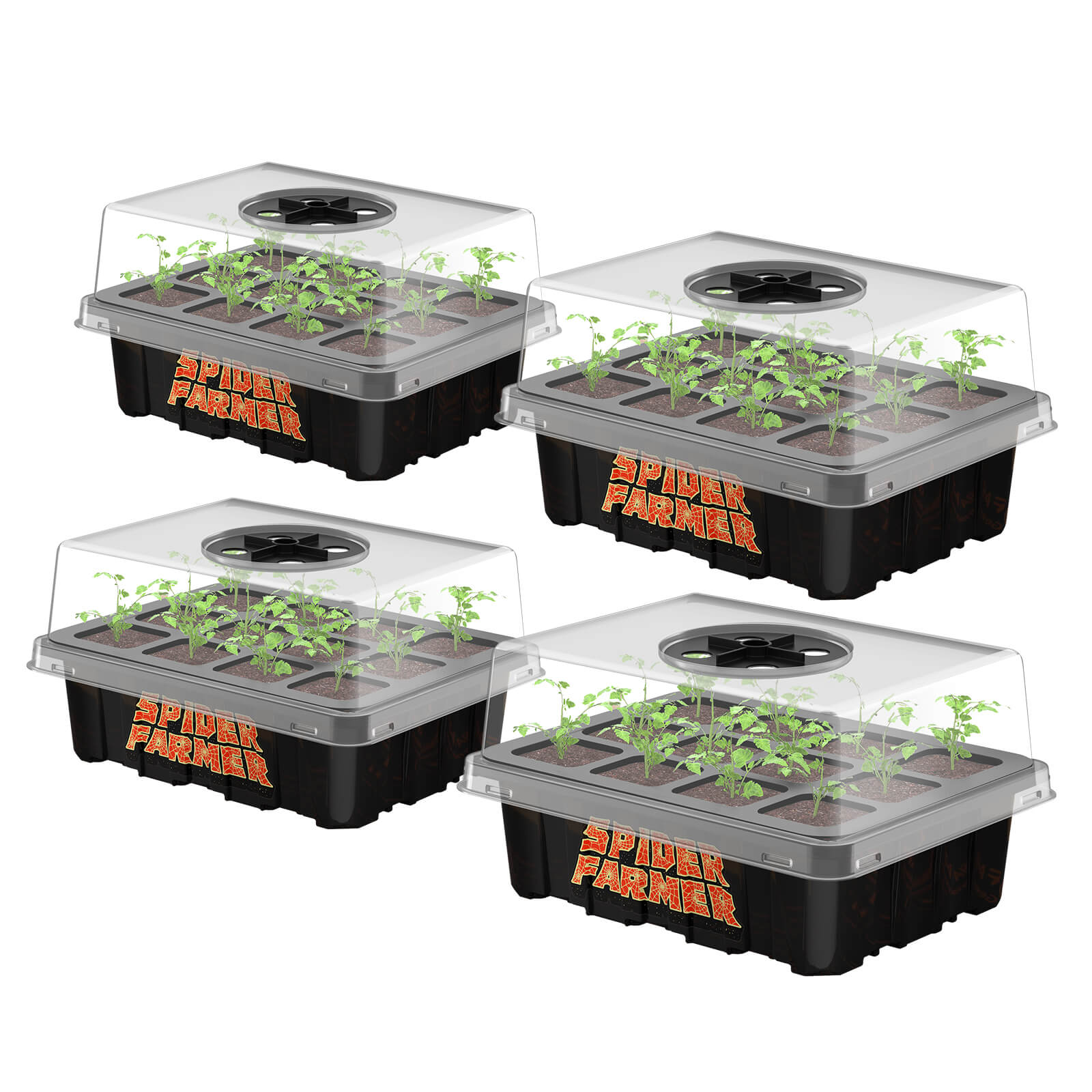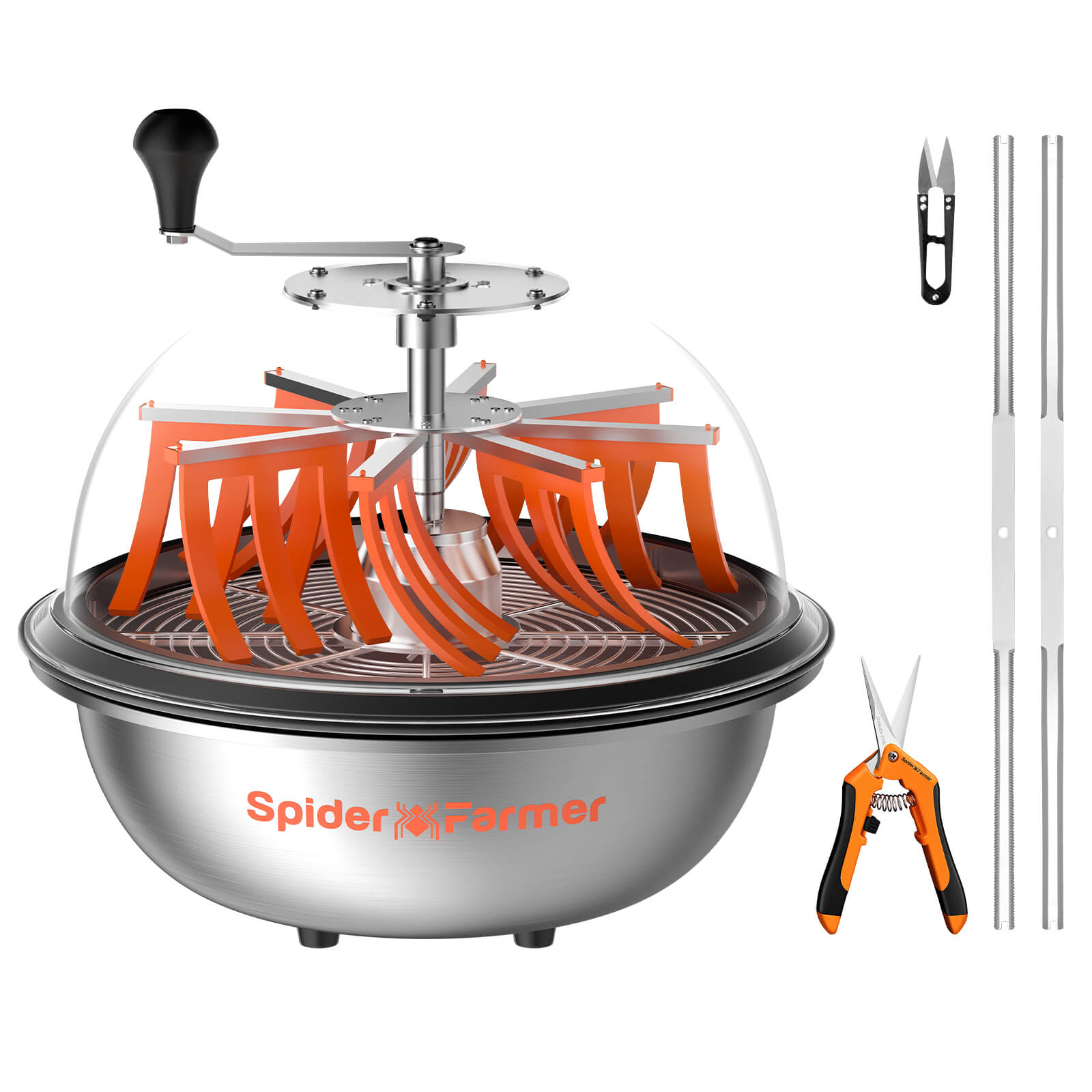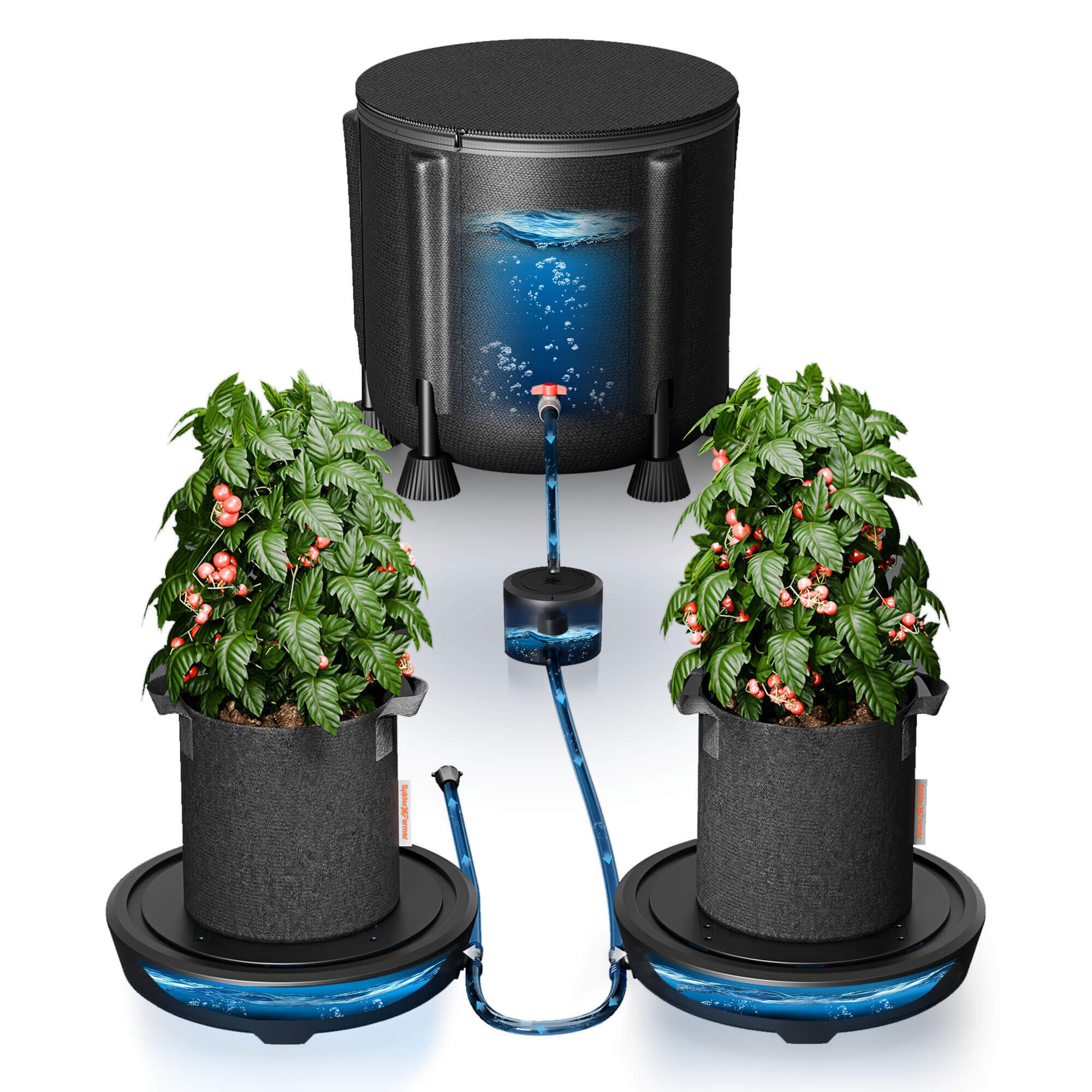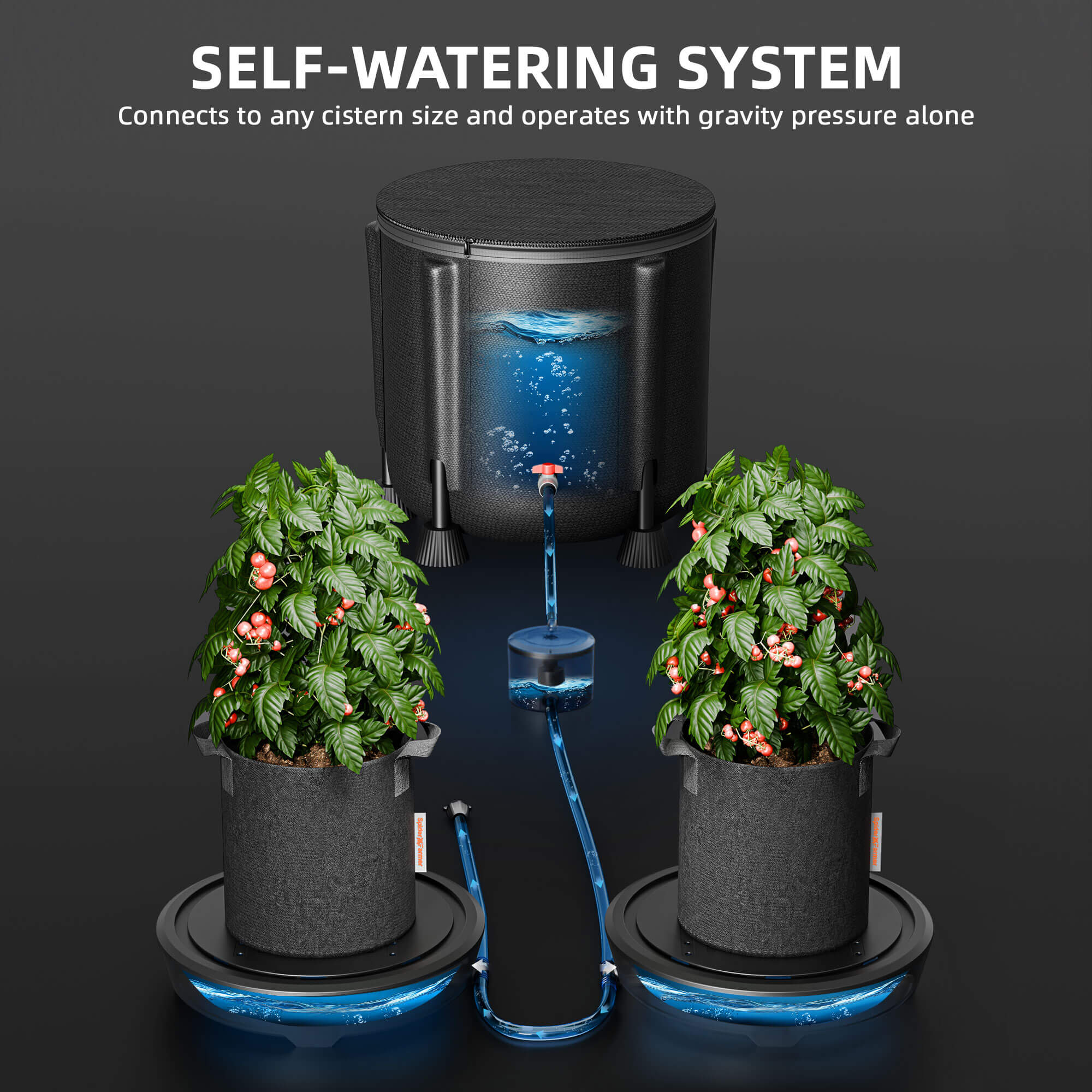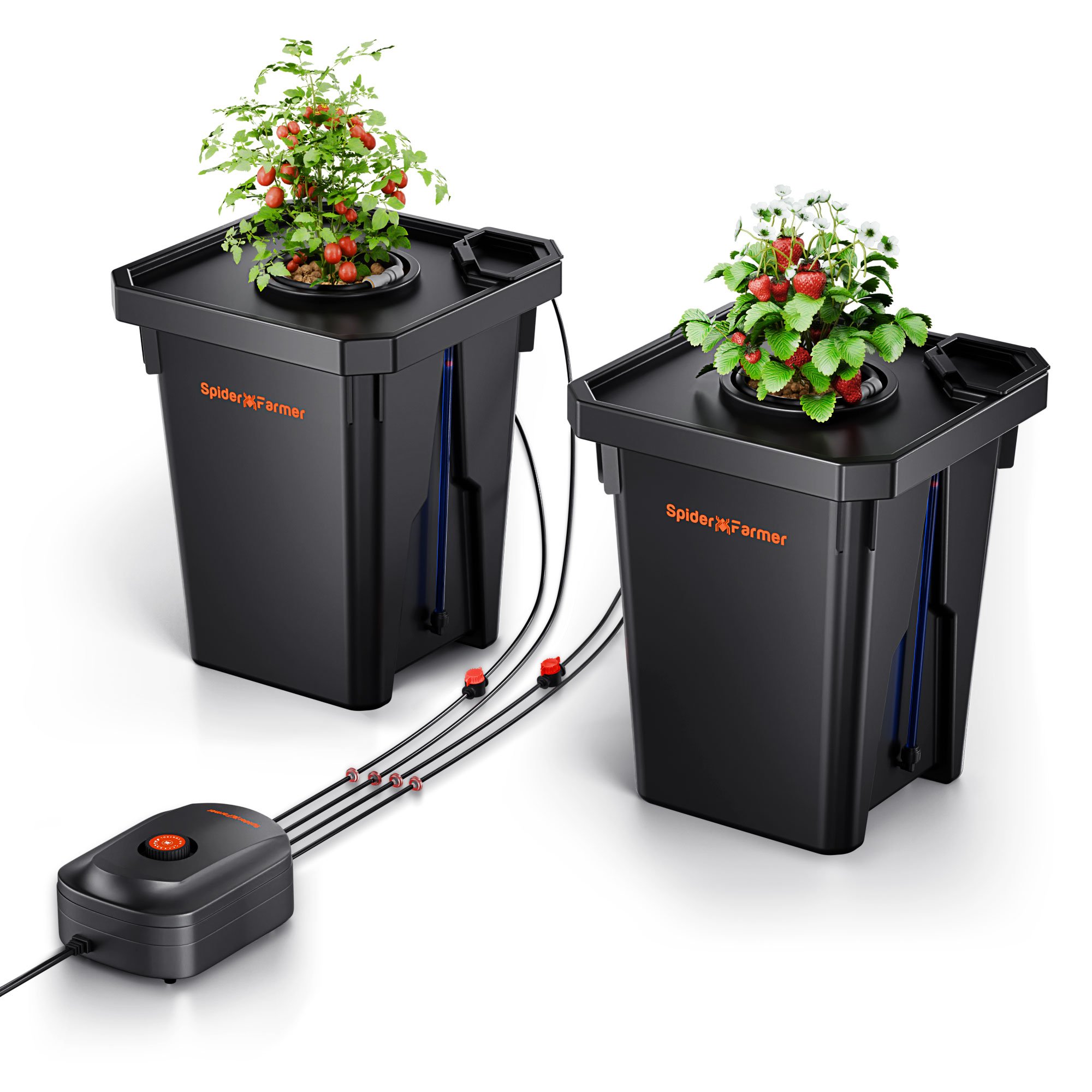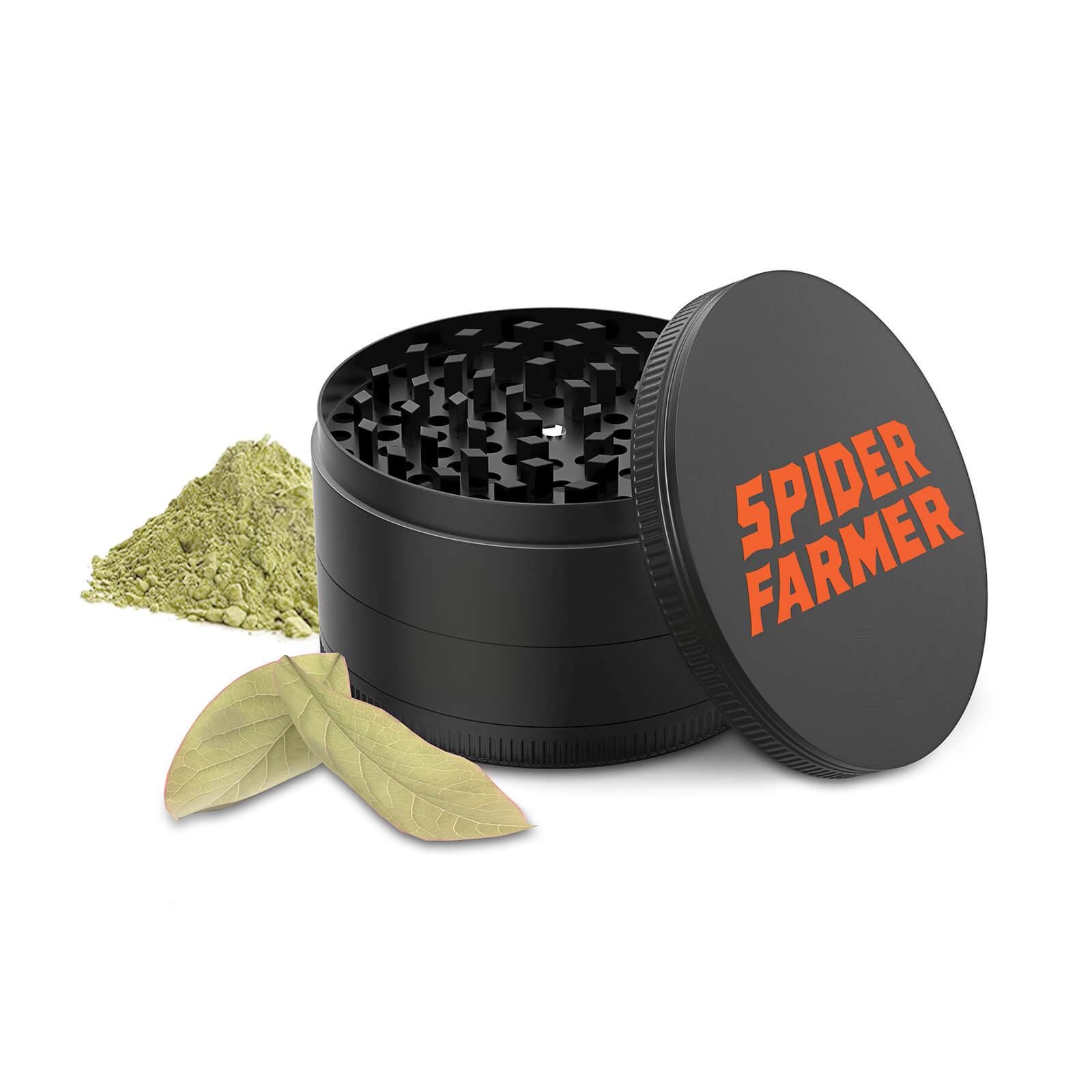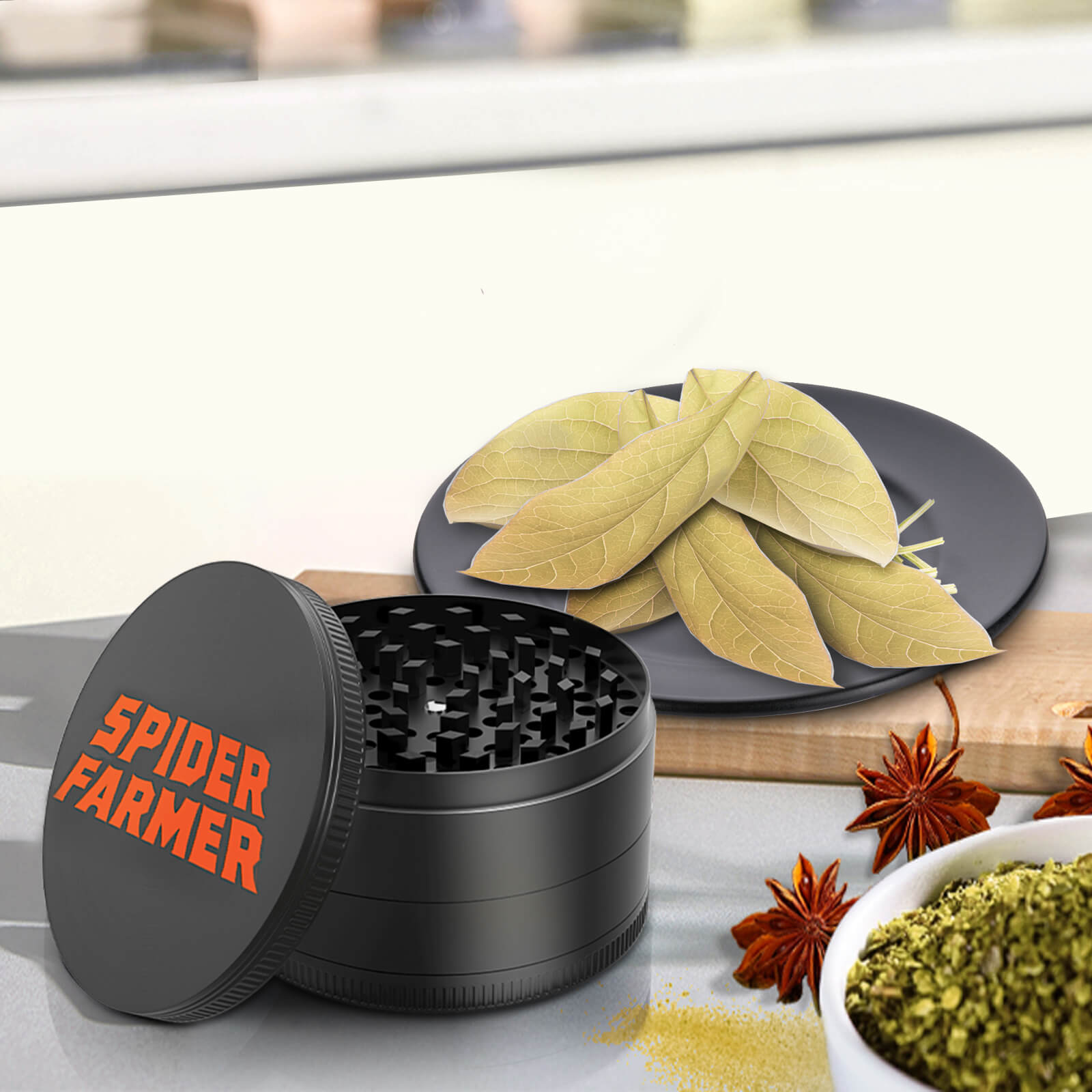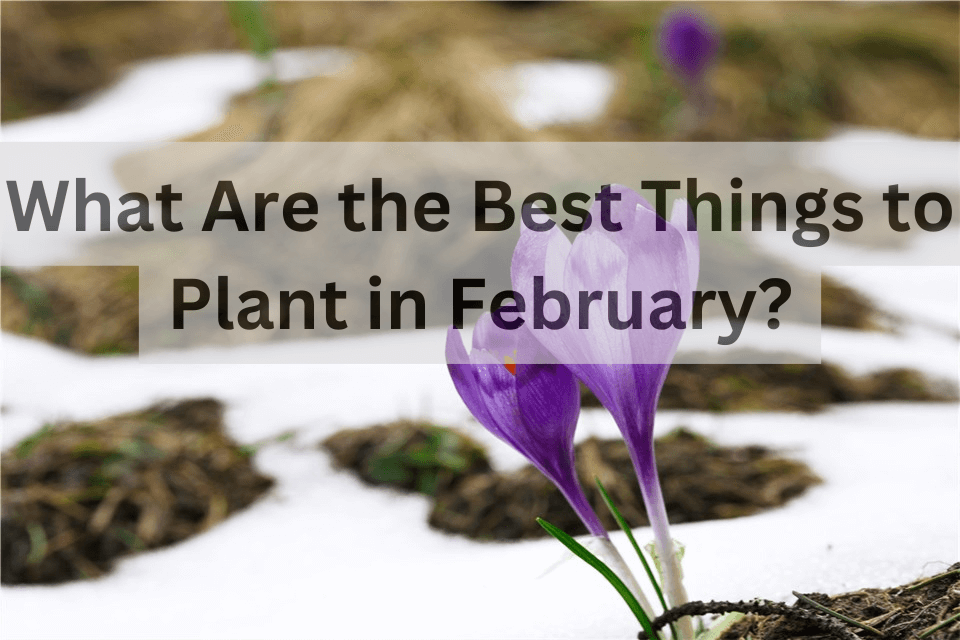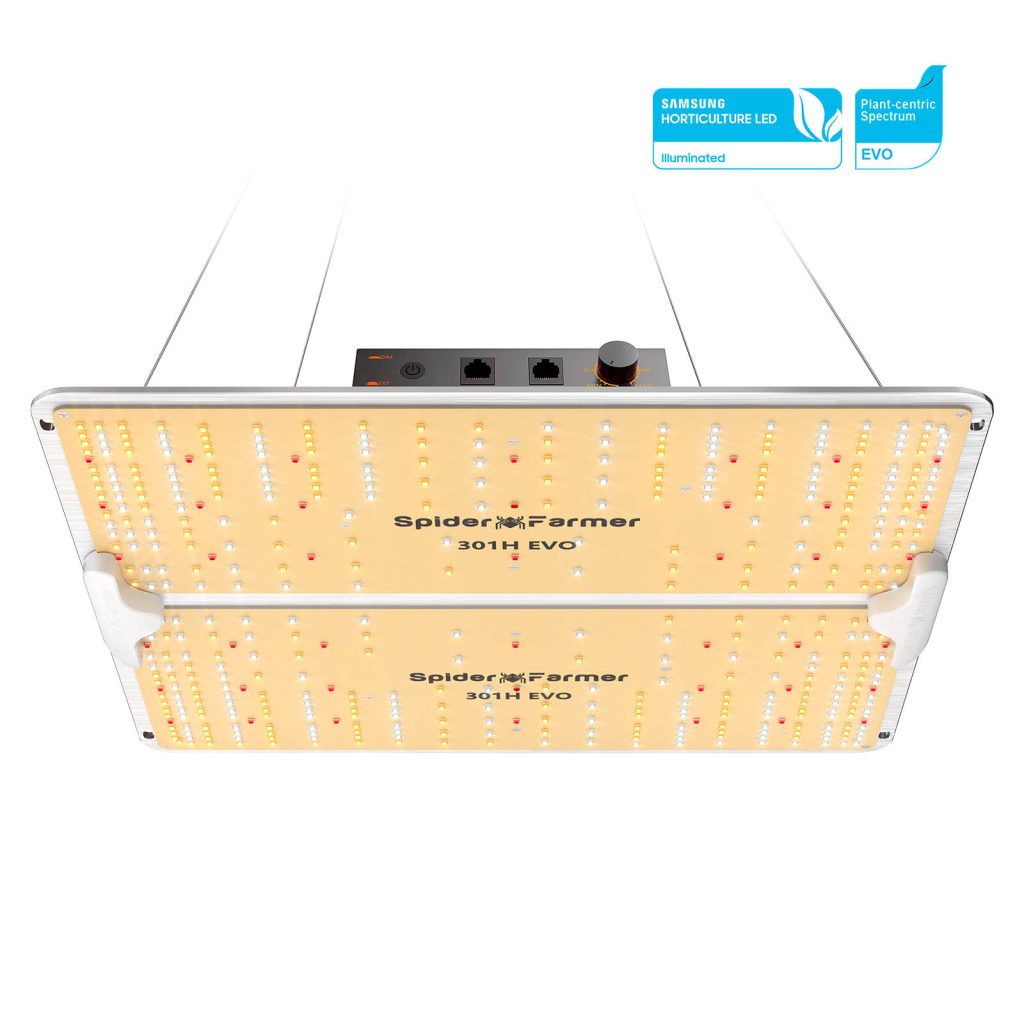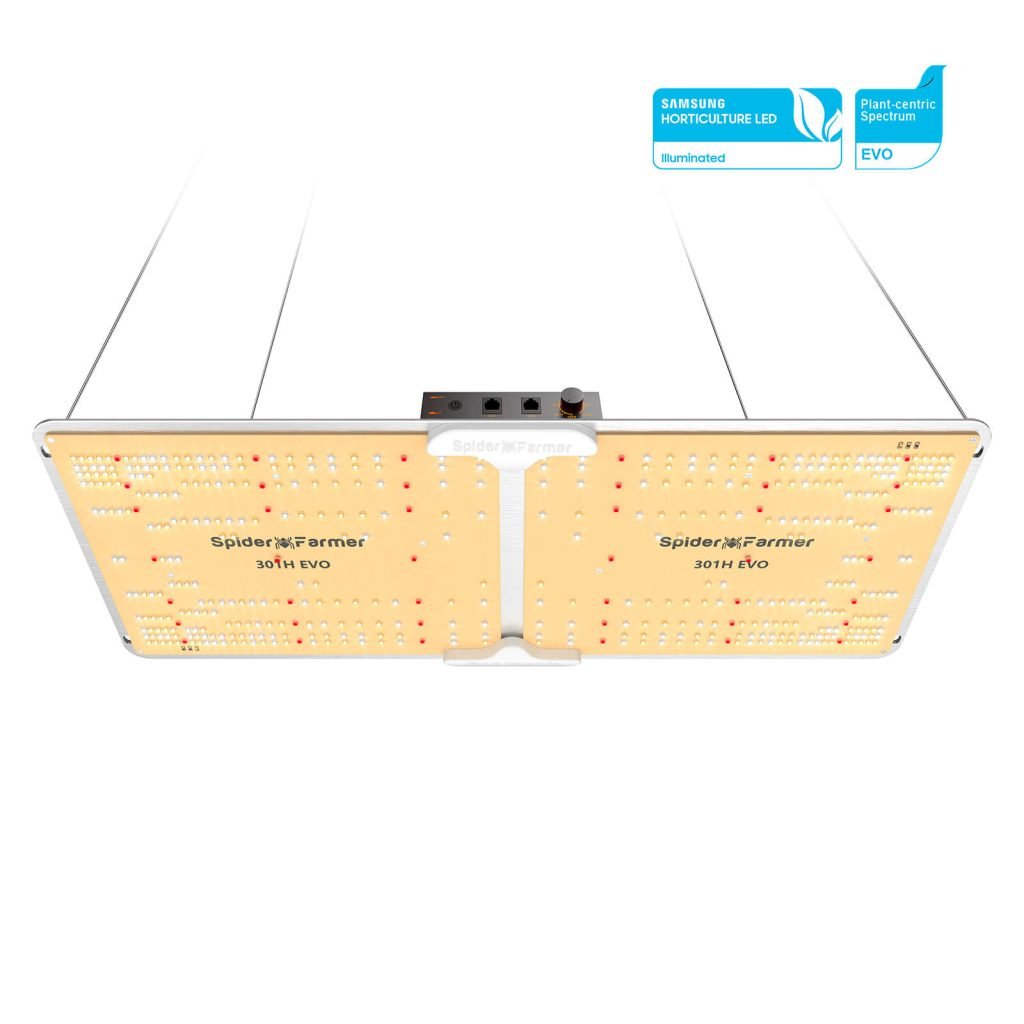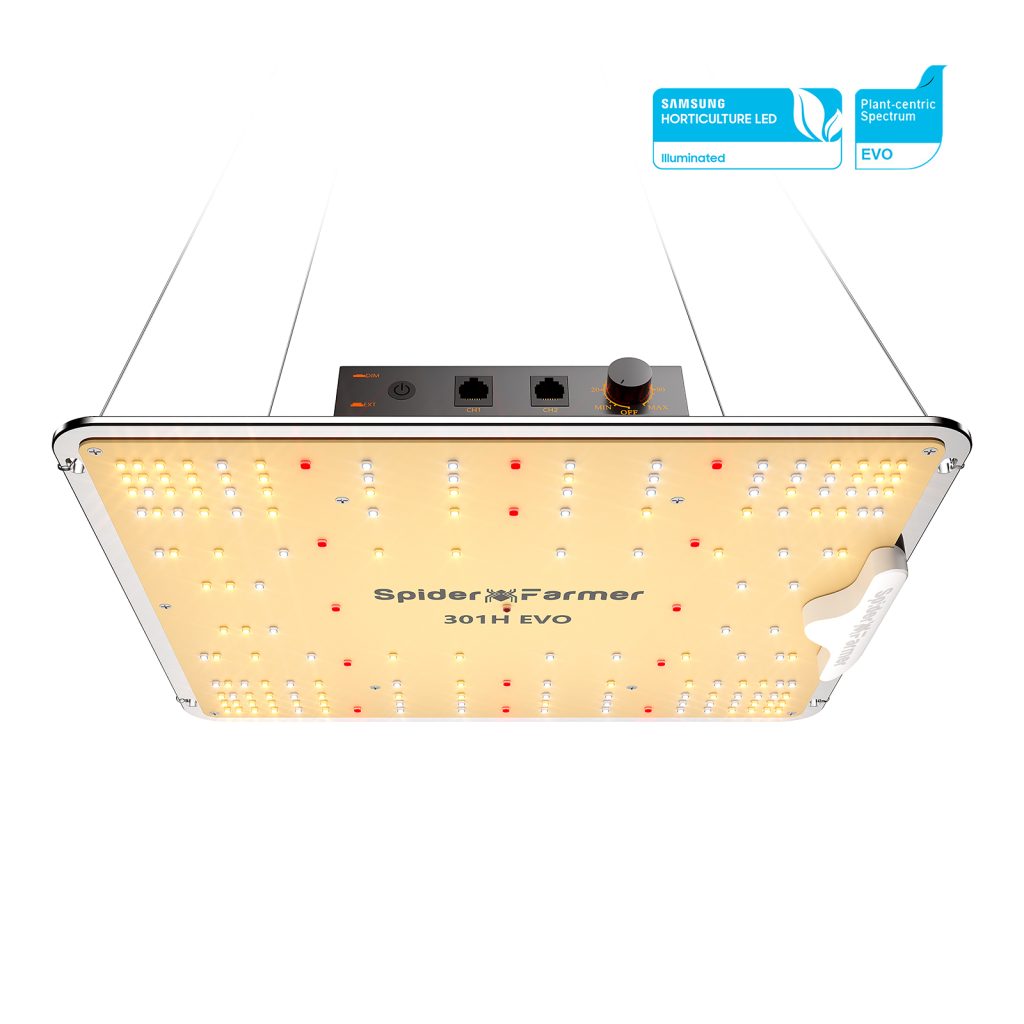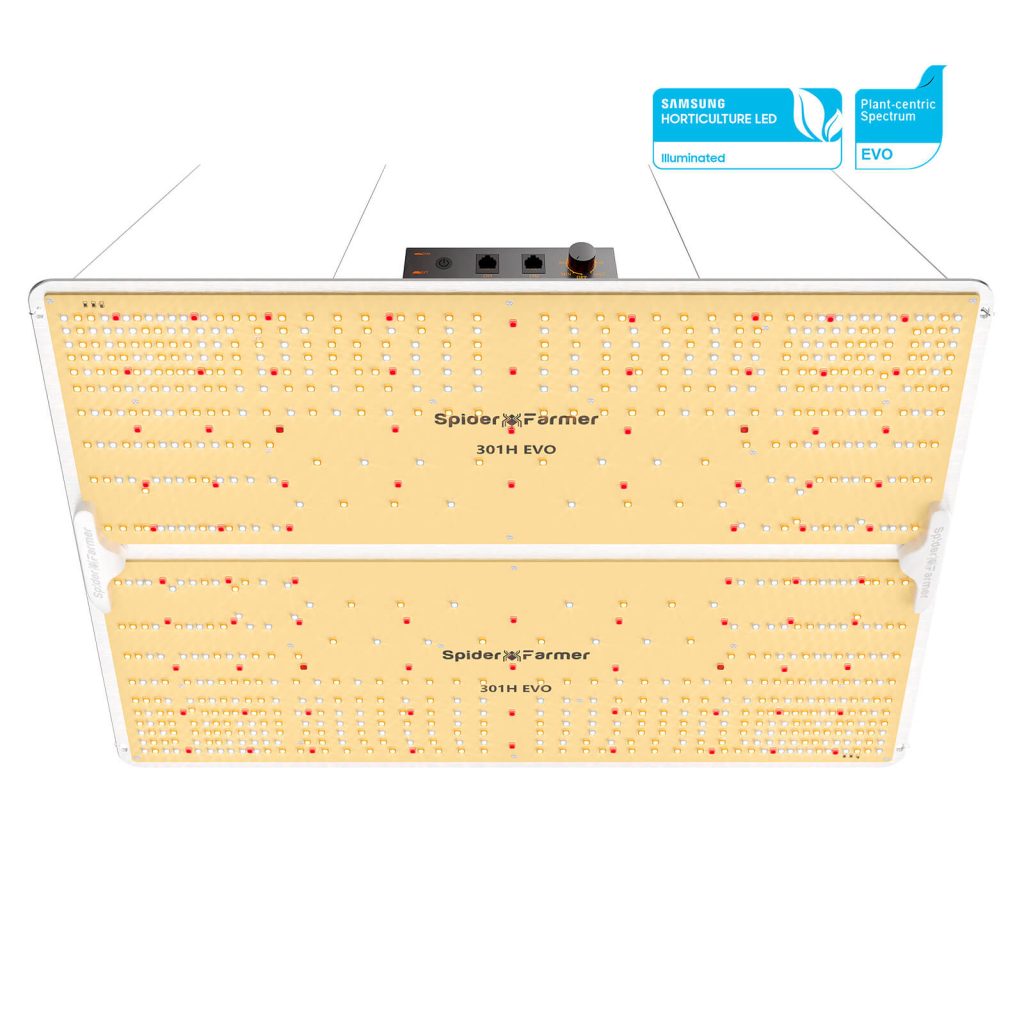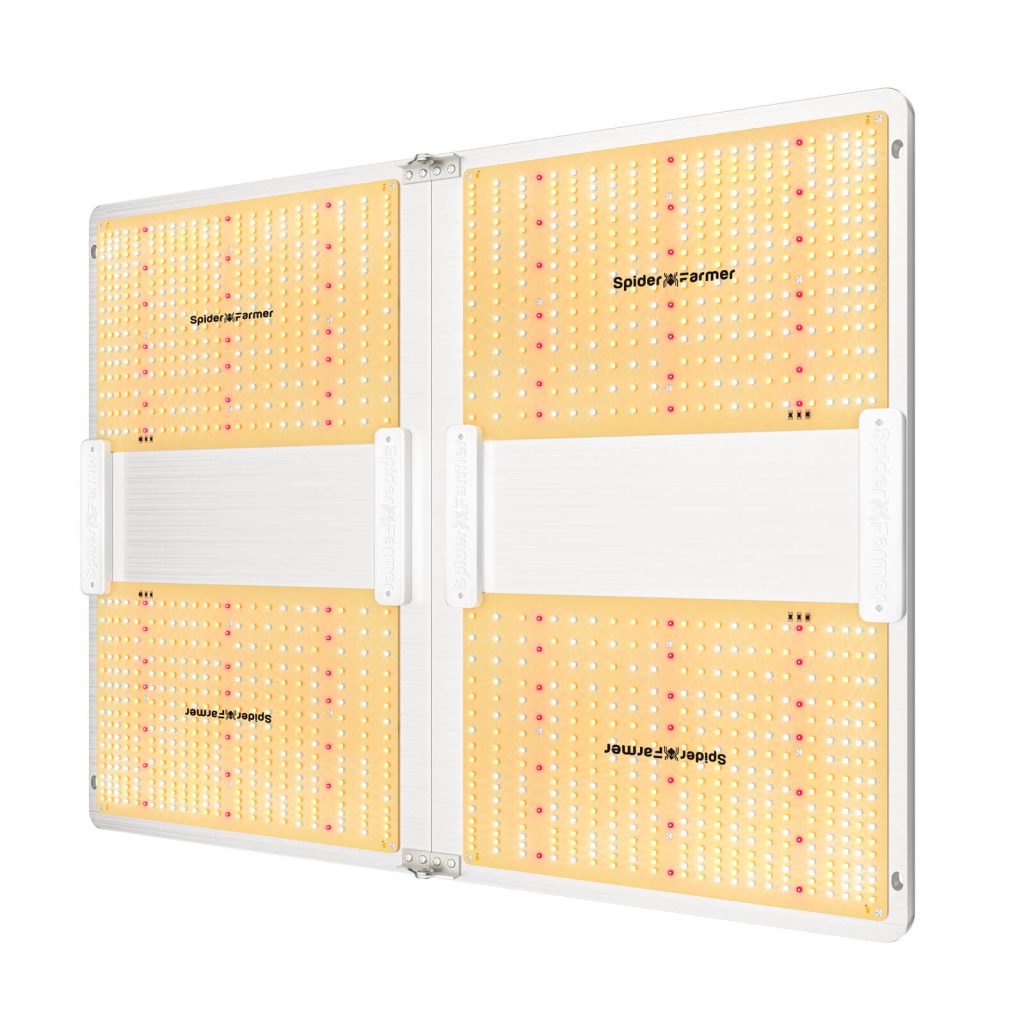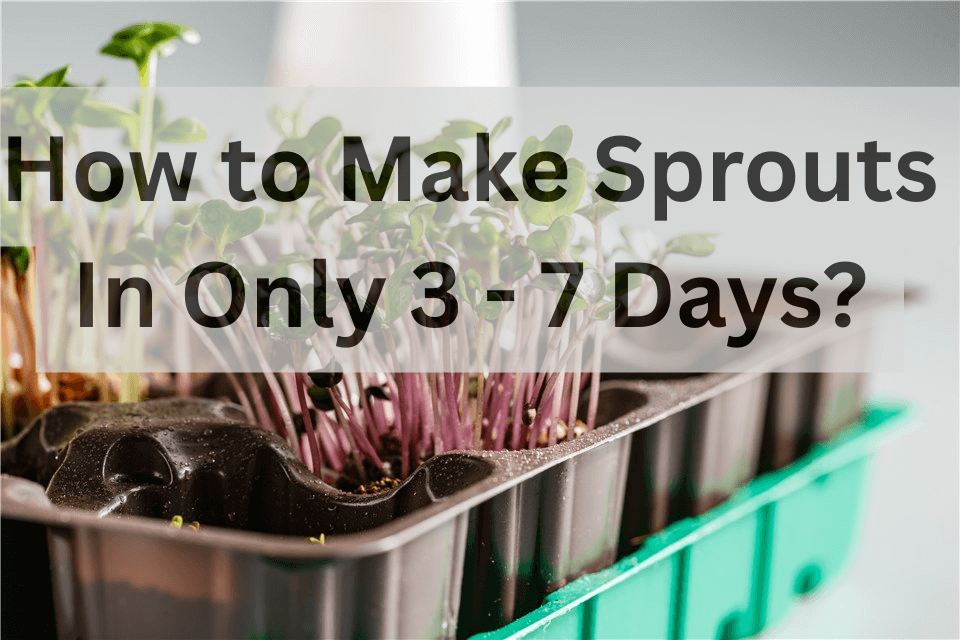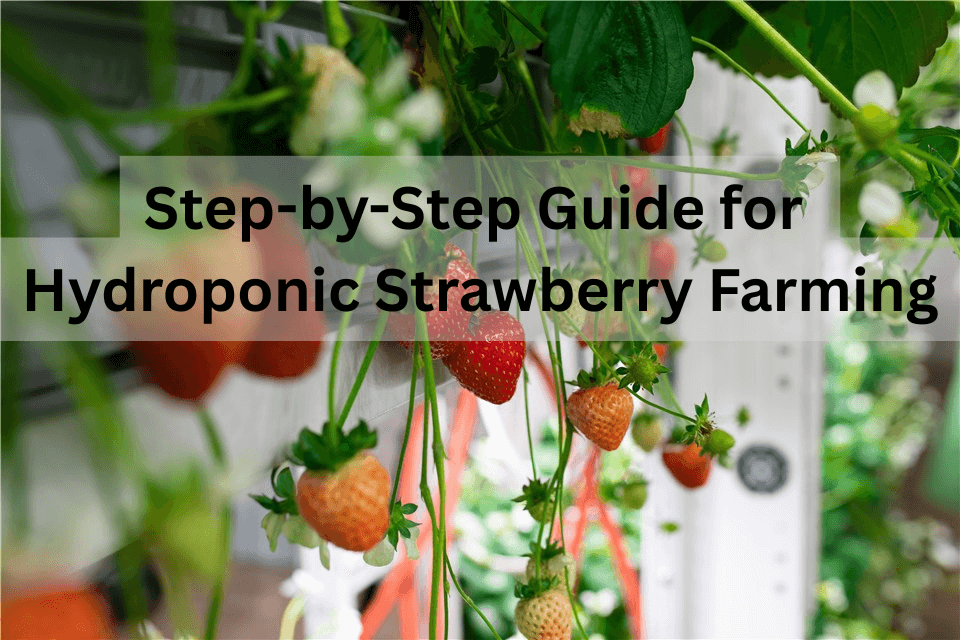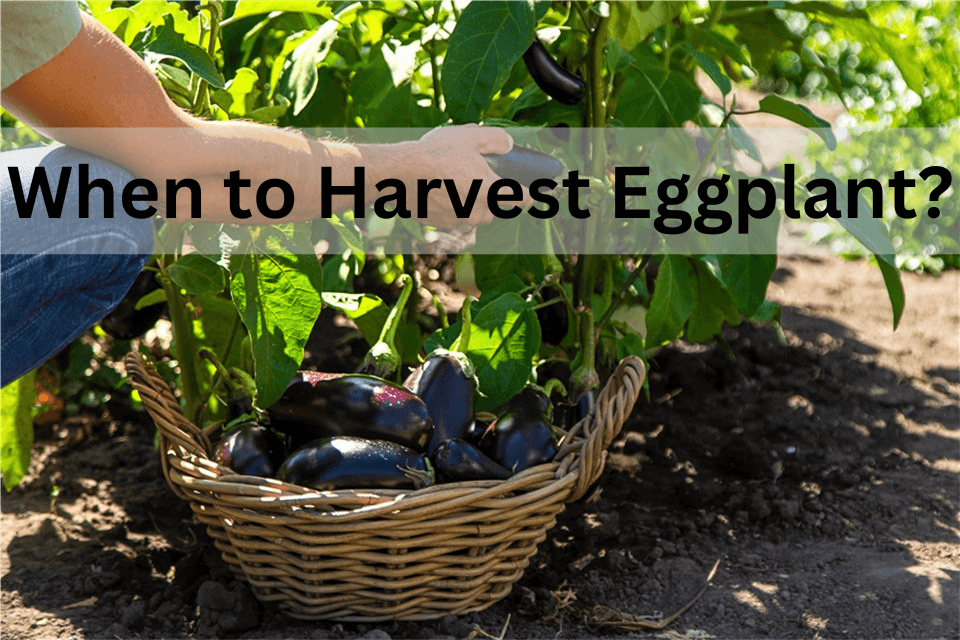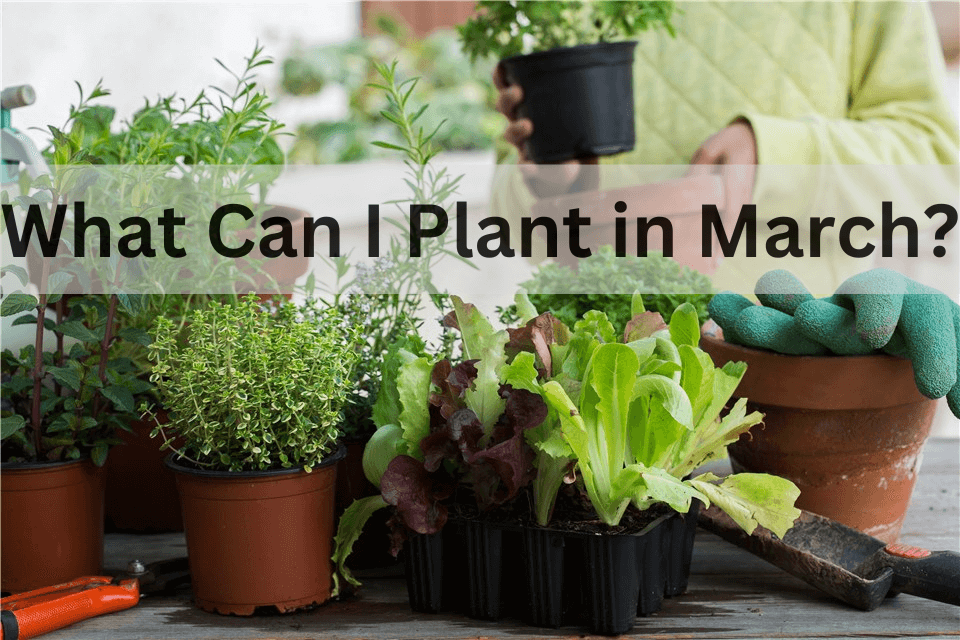It’s a good time to start planting in February, as this month marks the transition from winter dormancy to the anticipation of spring growth. When temperatures begin to rise and daylight hours extend, you’re encouraged to germinate seeds in Feb. No matter whether you’re an experienced gardener or a starter, you can find the best opportunity to plant flowers, veggies, or herbs this month and prepare your garden for the warmer months ahead.
In this guide, we’ll explore 20+ best things to plant in February - from flowers and herbs to vegetables and crops, you can start a vibrant and fruitful garden as spring unfolds.
Table of Contents
Is February too Early to Plant?
February is a pivotal month for gardeners across the United States but whether February is too early to plant depends on where you’re staying. This is because different zones and states have different climates and hardiness. In Southern states like Florida and Texas (Zones 8-10), February is an ideal time to start sowing vegetables like tomatoes, peppers, and leafy greens such as lettuce and spinach. These regions enjoy milder winters so they can benefit from earlier planting and a longer growing season.
Conversely, in Northern states like Minnesota and Maine (Zones 3-5), February is generally too early for outdoor planting due to harsh winter conditions. Nevertheless, gardeners can begin starting seeds indoors for later transplanting or repotting. For example, crops like onions and broccoli can be sown indoors in preparation for spring. Additionally, in Midwestern states such as Ohio (Zone 6), gardeners should focus on indoor seed starting during February, with plans to transplant outdoors as the weather warms up later in March. Overall, while February may seem early for some regions, it provides an excellent opportunity for planning and starting seeds in many parts of the country, tailored to local conditions and hardiness zones.
What Is the Best Plant to Grow in February?
February marks a significant turning point in the gardening calendar. It presents an opportunity for gardeners to begin planting for the upcoming growing season. While many regions are still experiencing winter conditions, certain plants can thrive in February. This month is ideal for sowing seeds of hardy vegetables and flowers that can withstand cooler temperatures, such as kale, tomatoes, and sweet peas. Besides, you can start to grow herbs like basil and oregano indoors to prepare fresh flavors for culinary use later in the spring. In this part, we’ll see the best plant to grow in February.
Flowers to Plant in February
Salvias
These hardy plants belong to the mint family and are well-known for their stunning flower spikes that bloom from late spring through summer and into fall. They thrive in full sun and well-drained soil, and many varieties are drought-tolerant, which makes them ideal for low-maintenance gardens. Additionally, hummingbirds, bees, and butterflies love salvias because they can provide essential nectar sources for these beneficial insects. You can start salvia seeds indoors in Feb to get a head start on the growing season. This will ensure the seedlings are ready for transplanting outdoors once the frost has passed.
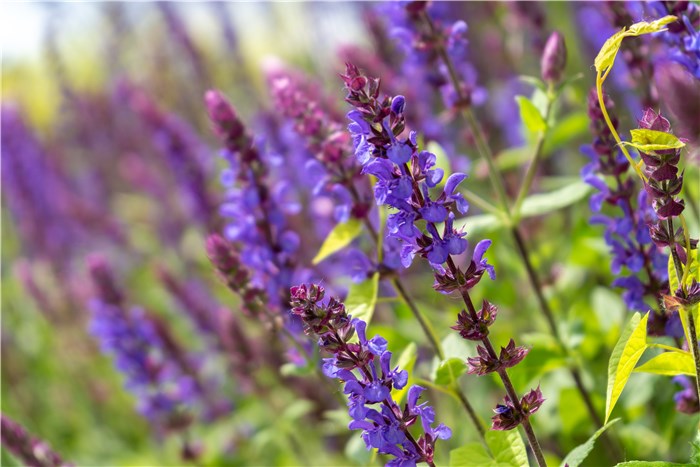
Flowers to Plant in February - Salvias
Pansies
Pansies are an exceptional flower to plant in February as it comes in a wide array of colors and patterns. Known for their hardiness, pansies can withstand cold temperatures and even light frost. If you plant pansies in Feb, they can establish roots before the onset of warmer weather, which ensures a robust display of flowers as soon as the temperature rises. Pansies thrive in well-drained soil and prefer full sun to partial shade, which makes them versatile for various garden settings, including borders, containers, and hanging baskets.
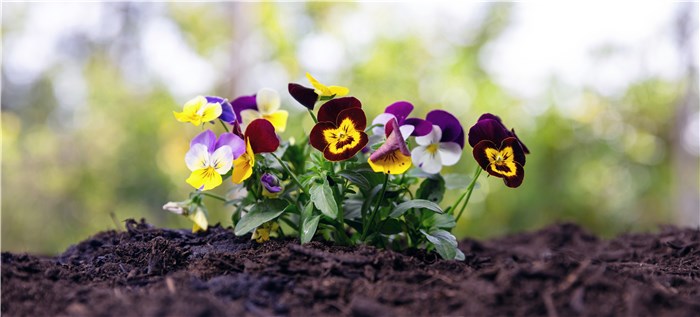
Flowers to Plant in February - Pansies
Primroses
Primroses are among the first group of flowers to bloom in spring, which bring vibrant color to gardens during a time when many other plants remain dormant. With their botanical name “Primula,” meaning “the first,” these hardy perennials can begin flowering as early as February, which symbolizes early spring.
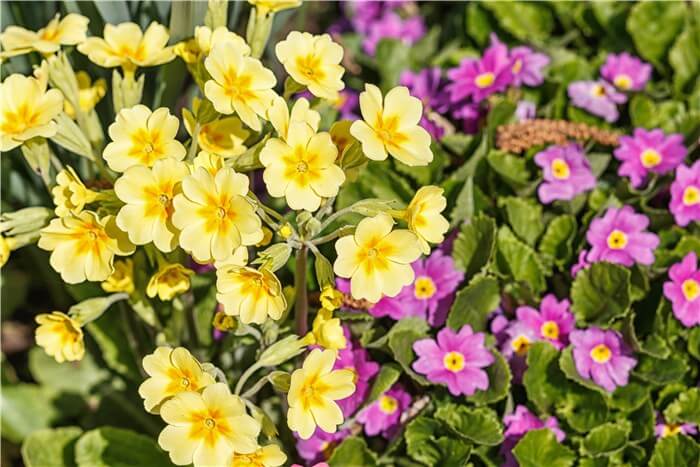
Flowers to Plant in February - Primroses
There is a wide range of colors you can choose from, including including yellow, pink, red, blue, and purple. Moreover, they are relatively low-maintenance and can self-seed. They thrive in well-drained, moist soil and prefer partial shade.
Calendula
Calendula, also known as pot marigold, is one of the best flowers to plant in Feb. This hardy annual thrives in cooler temperatures and can tolerate light frosts, making it ideal for early planting. In many regions, particularly those in USDA Zones 5-7, February is the perfect time to start sowing calendula seeds indoors or directly in the garden as soon as the soil can be worked.
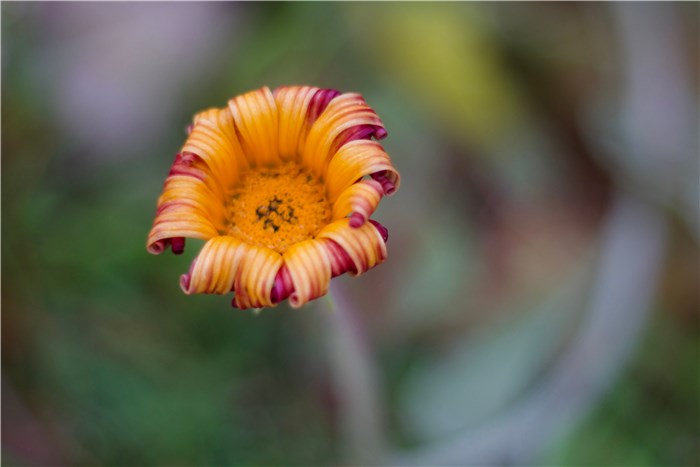
Flowers to Plant in February - Calendula
These flowers are not only visually appealing with their bright yellow and orange blooms, but they also attract beneficial pollinators like bees and butterflies. On the other hand, calendula has culinary and medicinal uses - its petals are edible and can be used as a colorful garnish in salads or teas, while also possessing anti-inflammatory properties that have been utilized in traditional remedies.
Daffodils
Daffodils are one of the bulbs to plant in February. These cheerful spring bulbs, known scientifically as Narcissus, are renowned for their bright yellow and white blooms that herald the arrival of spring. Some early flowering varieties, such as “February Gold” and “Tête-à-Tête”, can begin to bloom as soon as late February, providing vibrant color to gardens just as winter starts to recede. Daffodils thrive in well-drained soil and prefer full sun or light shade, making them versatile for various garden settings, including borders and containers.
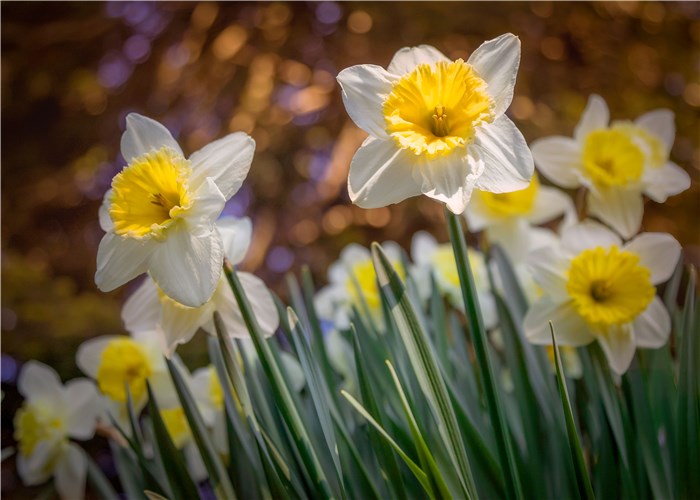
Flowers to Plant in February - Daffodils
Tulips
If you’ve missed the traditional fall planting window, you can plant bulbs in Feb. However, to ensure a successful Tulip bloom, you should meet certain conditions. Normally, tulips require a chilling period of 10-14 weeks at temperatures between 35°F and 50°F to develop properly, which is why they are typically planted in the fall. If planting in February, gardeners in colder regions (USDA Zones 3-7) can plant bulbs directly into the ground if the soil is workable and not frozen. Adding compost and mulch can help insulate the bulbs and promote growth as temperatures rise.
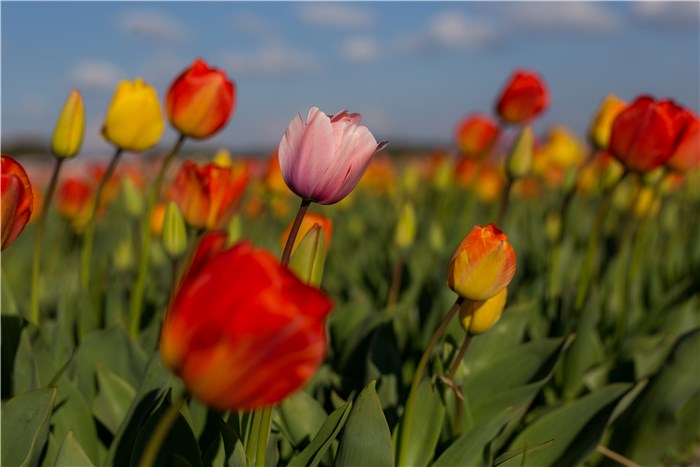
Flowers to Plant in February - Tulips
For those in warmer climates (Zones 8-10) or areas where the ground remains too frozen to dig, tulip bulbs can be chilled artificially in a refrigerator for 10-12 weeks before planting. This ensures they meet their cold requirement and can bloom later in the season148. While February-planted tulips may flower slightly later than usual, they are still likely to produce vibrant blooms with proper care.
Creeping Phlox
Creeping phlox is a perennial ground cover, which is known for its vibrant, star-shaped flowers. It's an excellent choice for planting in February, especially in regions with milder winters. This hardy plant thrives in well-drained soil and prefers full sun to partial shade. Planting creeping phlox in February allows you to take advantage of the early spring bloom period, as these flowers typically start to emerge as soon as temperatures rise and the soil warms up.
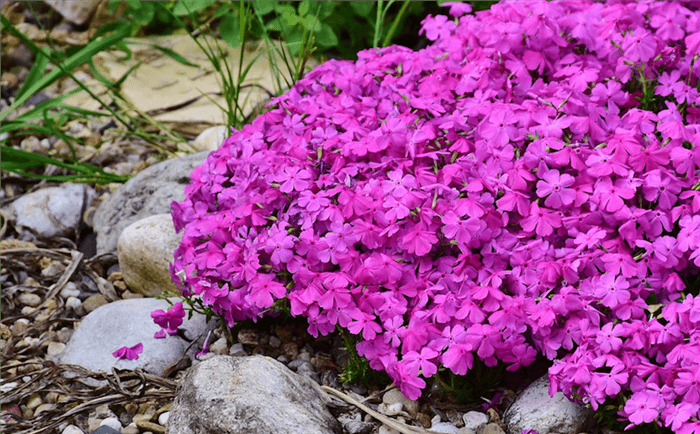
Flowers to Plant in February - Creeping Phlox
With a moderate growth rate, creeping phlox can quickly spread to create a lush carpet of color in gardens, rockeries, or along pathways. Additionally, with relatively low maintenance, you can enjoy a beautiful display of blooms in shades of pink, purple, white, and red.
Vegetables to Plant in February
Tomatoes
It's ideal to start growing tomato seeds indoors in Feb, especially for those in warmer climates (Zones 7-10). If you can sow seeds about 6-8 weeks before the last expected frost, you can ensure that the seedlings are ready for transplanting outdoors when the weather warms up. Tomatoes require a relatively warm environment to germinate, with a temperature of at least 70°F (21°C).
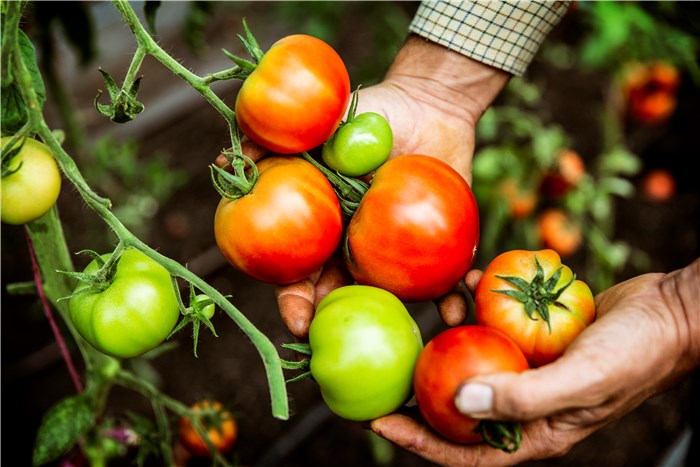
Vegetables to Plant in February - Tomatoes
Tomatoes come in many varieties, including heirlooms and several hybrids, so you can enjoy diverse flavors, colors, and sizes. By starting tomatoes in February, gardeners can enjoy a longer harvest period, allowing for fresh, homegrown tomatoes well into the summer months.
Lettuce
Lettuce is an ideal vegetable to plant in February as this leafy green grows best when the air temperature is between 40°F and 75°F (4°C to 24°C). It thrives in cooler temperatures and can be sown indoors to ensure an early harvest. Then you transplant seedlings outdoors in early spring and get a continuous supply of fresh lettuce throughout the growing season. Varieties such as butterhead, loose-leaf, and romaine are particularly suitable for early planting, as they can tolerate light frosts and will establish quickly once moved outside. Additionally, you can sow lettuce every few weeks because this will ensure that the garden remains productive even as temperatures rise.
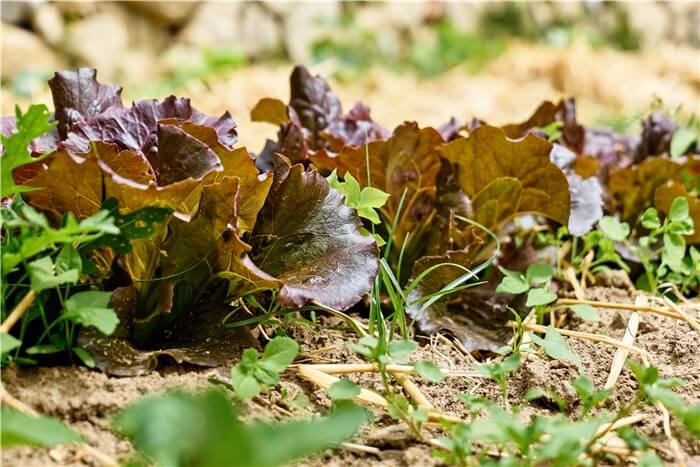
Vegetables to Plant in February - Lettuce
Sweet Peas
Sweet Peas thrive in cooler temperatures and can be sown indoors or in a protected outdoor area. February is particularly advantageous for sowing sweet pea seeds, as they require a chilling period to develop strong roots. By planting seeds in pots or trays, gardeners can provide the necessary warmth and light conditions for germination while protecting them from harsh winter elements. Once the seedlings emerge, they can be gradually acclimatized and transplanted outdoors when the risk of frost diminishes in March or April.
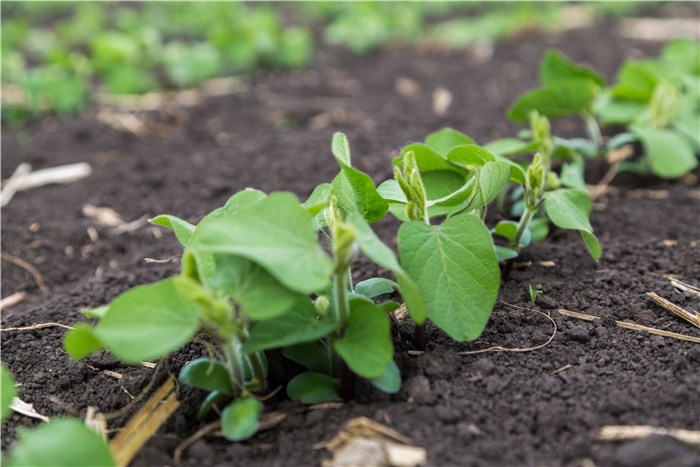
Vegetables to Plant in February - Sweet Peas
Spinach
Spinach is also one of the best veggies to plant in February, as it thrives in cool temperatures and can be sown even in cold soil. This hardy leafy green is known for its quick germination and growth, which indicates that it is one of the first crops that gardeners can plant in early spring. Spinach seeds can germinate at temperatures as low as 39°F (4°C). By sowing seeds directly into the garden or using cold frames, gardeners can establish robust plants that will yield fresh leaves by late March or early April.
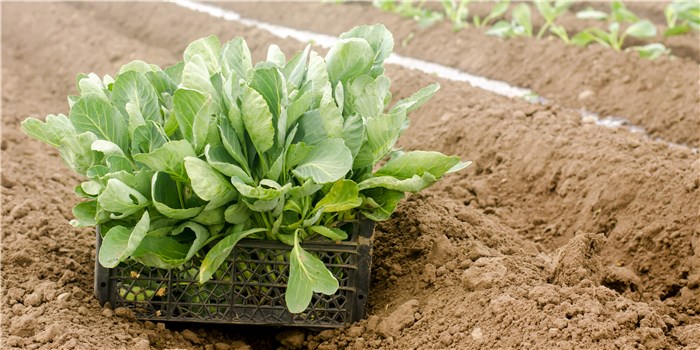
Vegetables to Plant in February - Spinach
Spinach prefers well-drained, fertile soil and benefits from regular watering to ensure healthy growth. Additionally, you can harvest this versatile vegetable multiple times throughout the season, enjoying a continuous supply of nutritious greens for salads, cooking, and smoothies.
Broccoli
Broccoli stands out as one of the best vegetables to plant in February due to its preference for cooler temperatures and its resilience against frost. This nutrient-rich vegetable thrives in early spring, offering a bountiful harvest of delicious florets packed with vitamins, minerals, and antioxidants. If you plant broccoli in February, you can make sure the plants establish strong root systems before the heat of summer sets in. Moreover, its relatively short growing season allows for multiple harvests, making it an excellent choice for maximizing garden yields. With proper care, broccoli can provide a rewarding and nutritious addition to your vegetable garden.
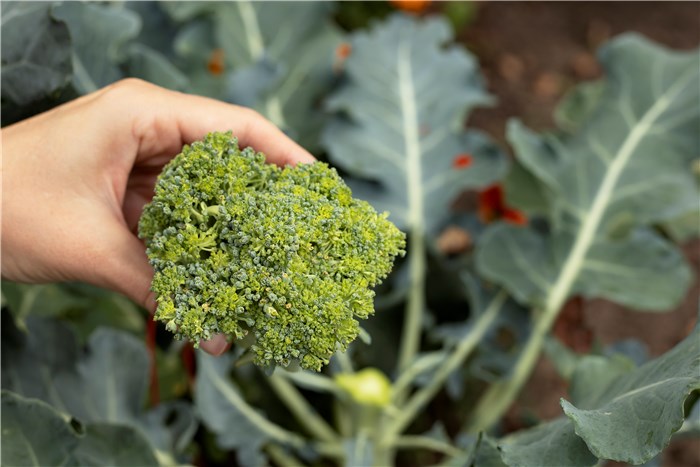
Vegetables to Plant in February - Broccoli
Carrots
Carrots can thrive in cool weather and tolerate frost. Planting carrots early in the season allows them to establish strong roots before the heat of summer arrives. These versatile root vegetables are not only easy to grow but also offer a wide range of culinary uses, from salads to soups. Additionally, carrots can be sown directly into the soil, making them a low-maintenance option for gardeners. With consistent moisture and proper spacing, carrots planted in February can yield a plentiful and nutritious crop by late spring or early summer.
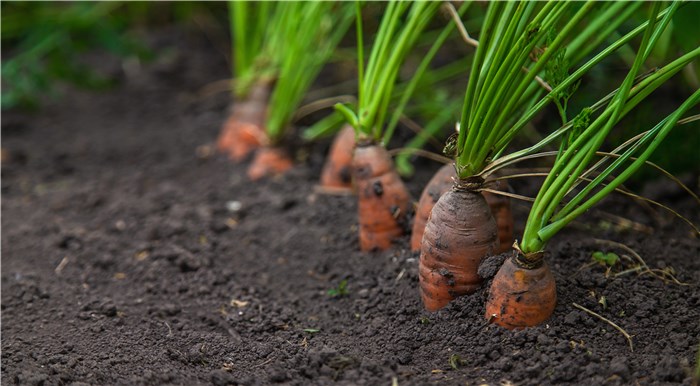
Vegetables to Plant in February - Carrots
Radishes
Radishes are one of the earliest crops that can thrive in cool weather. This fast-growing root vegetable can be sown directly into the garden as soon as the soil is workable. Some varieties can even germinate when the temperature is as low as 40°F (4°C). By planting radish seeds in February, gardeners can enjoy a quick harvest, often within just 30 days. Additionally, radishes do well in both full sun and partial shade. Moreover, they are also excellent for succession planting, which means you can sow seeds every few weeks to ensure a continuous supply of fresh radishes throughout the spring.
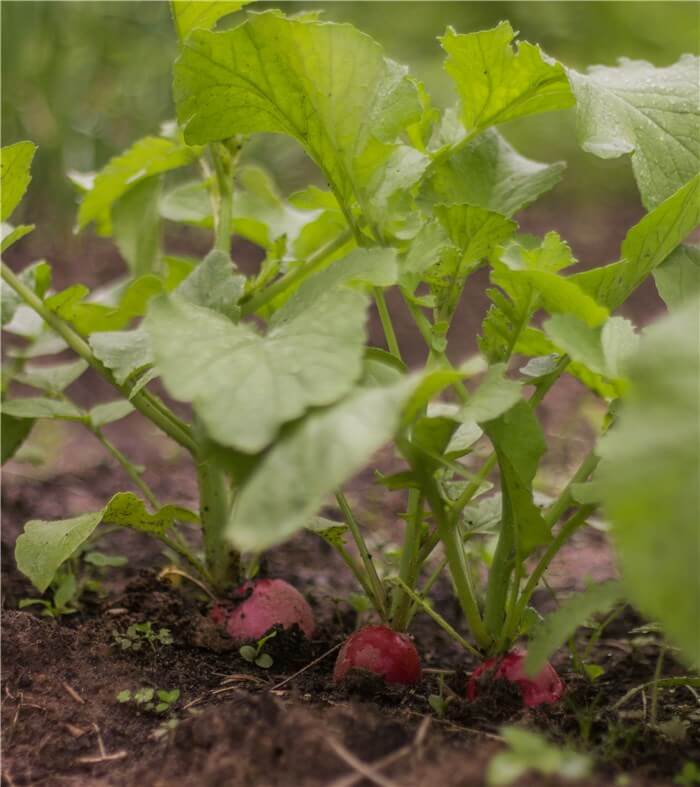
Vegetables to Plant in February - Radishes
Onions
Onions require bulb development before the warmer months, so you can start to grow them in Feb. By planting onions now, you can avoid premature flowering, which often occurs when onions are sown too early in the season or in unsuitable conditions. Onions thrive in well-drained, nutrient-rich soil and require plenty of sunlight, making early spring planting crucial for their success. With proper care, you can plant onions in Feb and harvest them by late spring or early summer.
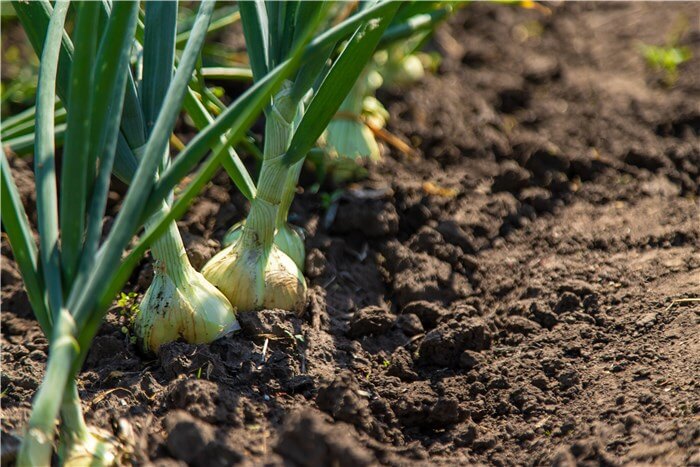
Vegetables to Plant in February - Onions
Herbs to Plant in February
Parsley
Parsley can be sown indoors to ensure a robust supply of fresh leaves for the upcoming growing season. This hardy biennial herb, often grown as an annual, benefits from being started early, allowing gardeners to transplant seedlings outdoors by late March or early April. Parsley seeds can be slow to germinate, taking anywhere from 12 to 28 days, so soaking them overnight before planting can help speed up the process.
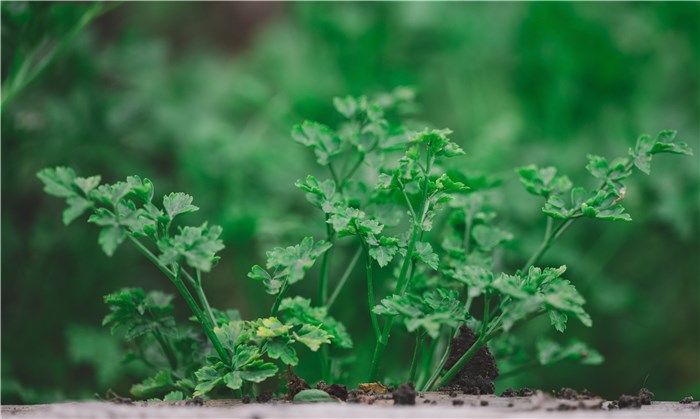
Herbs to Plant in February - Parsley
By sowing parsley indoors in February, you can take advantage of the lengthening daylight hours, which contribute plants to produce flavorful leaves for culinary use. Additionally, parsley is versatile and can be grown in containers or garden beds with well-drained soil and ample sunlight or partial shade.
Cilantro
Cilantro is an ideal herb to plant in February because it flourishes in cool weather and can be sown directly into the garden or containers. This versatile herb not only adds a vibrant flavor to various dishes, including salsas, salads, and curries, but it also grows quickly, allowing for multiple harvests throughout the season. Planting cilantro early in the year helps prevent it from Cilantro bolting, which can occur when temperatures rise, leading to a more flavorful and abundant crop. Additionally, cilantro’s lush green leaves and delicate white flowers attract beneficial pollinators, making it a valuable addition to any garden. With minimal care, cilantro can thrive and provide fresh herbs for culinary use well into the spring.
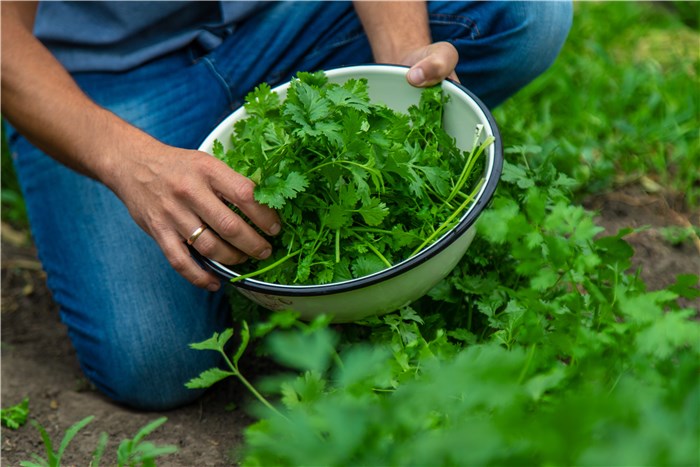
Herbs to Plant in February - Cilantro
Basil
Basil is an exceptional herb to plant in February, as it thrives in warmer temperatures and benefits from early indoor sowing. Known for its vibrant green leaves and delightful fragrance, this aromatic herb can be started indoors in Feb. This will give it a head start before the outdoor growing season begins. You can grow it in pots or garden beds, where they will attract beneficial insects. Moreover, basil grows very quickly and serves as a staple in various cuisines such as Italian and Mediterranean dishes in particular.
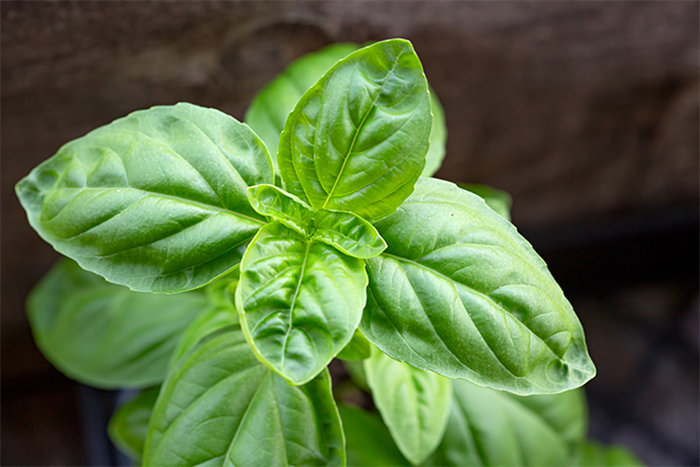
Herbs to Plant in February - Basil
Oregano
Oregano is resilient and is adaptable to cooler temperatures. For this reason, it becomes an excellent herb to plant in February. As a perennial herb, it thrives in well-drained soil and full sun. It's tolerant to drought so you don't need to water it frequently on winter days. Thanks to its robust flavor, it enhances various dishes, particularly Italian and Mediterranean cuisines. Additionally, oregano is known for its medicinal properties, including antioxidant and anti-inflammatory benefits. Thus, it is not only a culinary delight but also a valuable addition to any herb garden.
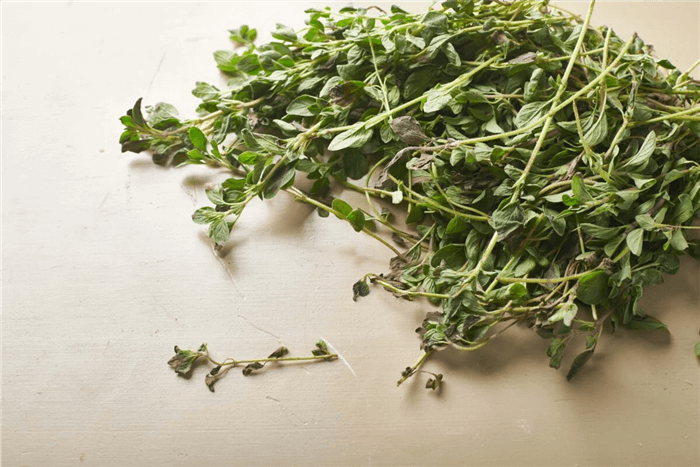
Herbs to Plant in February - Oregano
Thyme
It’s ideal for growing thyme in early spring as this herb can well adapt to various climates. The best zones to plant thyme in the US are zones 8 to 9 such as Texas, North Carolina, California, California’s coastal regions, and southern Florida. In these states, you can plant thyme outdoors from mid-February to early March. As a perennial herb, it thrives in full sun and well-drained soil. Ensure that thyme receives at least 6-8 hours of direct sunlight daily for optimal growth.
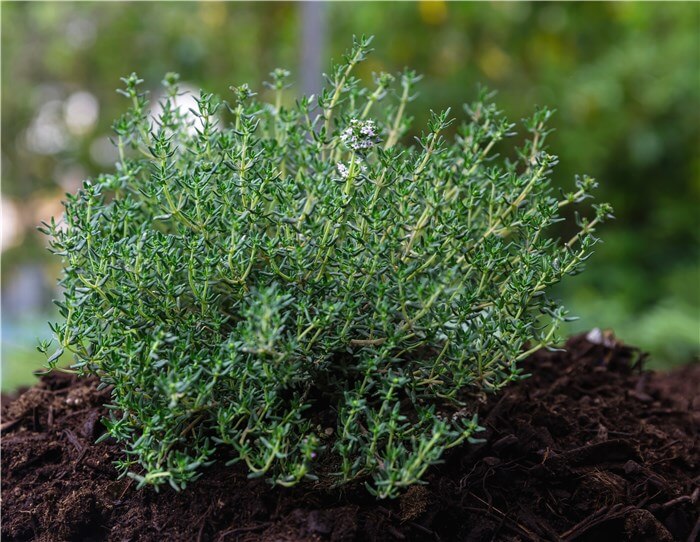
Herbs to Plant in February - Thyme
Mint
Mint is a hardy herb that can be grown in Feb. If you’re living in zones 7 - 10, you can give it an early start. To grow mint in late February to early March, give it adequate sunlight. In most cases, you should ensure a 6-hour exposure to sunlight daily. Besides, mint requires consistent moisture - ensure good drainage while avoiding root rot.
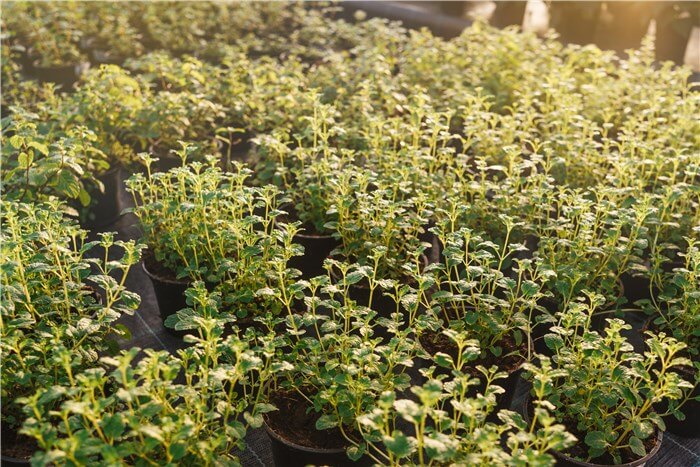
Herbs to Plant in February - Mint
Plant Lights for Winter
As you can see, most kinds of February plants thrive in full sun and warm climates. As there isn’t adequate sunlight in late winter or early spring, you can invest in plant lights for winter or a plant heater for a grow tent. LED grow lights will provide the necessary light spectrum and intensity to support photosynthesis while plant heaters can keep your plants warm throughout the day. Particularly, they are useful for high-light-requirement plants such as tomatoes, cucumber, basil, thyme, and mint, which might struggle to grow or may become leggy and unhealthy without adequate illumination.
2025 Newest Version Spider Farmer SF1000D 100W Full Spectrum LED Pflanzenlampe
In stock
2025 Newest Version Spider Farmer SF2000Pro Samsung LM301H EVO LED Pflanzenlampe For 3 Plants
In stock
2025 Newest Version Spider Farmer® SF2000 Samsung LM301H EVO LED Pflanzenlampe For 3 Plants
In stock
2025 Spider Farmer® SF1000 Samsung LM301H EVO LED Pflanzenlampe
In stock
2025 Spider Farmer® SF4000 450W Samsung lm301H EVO LED Grow Light
In stock
2025 Spider Farmer® SF7000 650W Foldable LED Pflanzenlampe
Out of stock
Conclusion
In conclusion, February is a unique opportunity for you to kickstart your growing season. Cold-hardy vegetables, such as kale, spinach, and peas, can be sown directly into the ground, while herbs like thyme and basil can be started indoors or outdoors as temperatures begin to rise. Additionally, high-light-requirement plants such as tomatoes and peppers can be started indoors to ensure a robust harvest later in the season. By carefully choosing the best February plants, you can optimize your yields, enjoy the satisfaction of nurturing new growth, and lay the groundwork for a vibrant and productive garden throughout the year.

